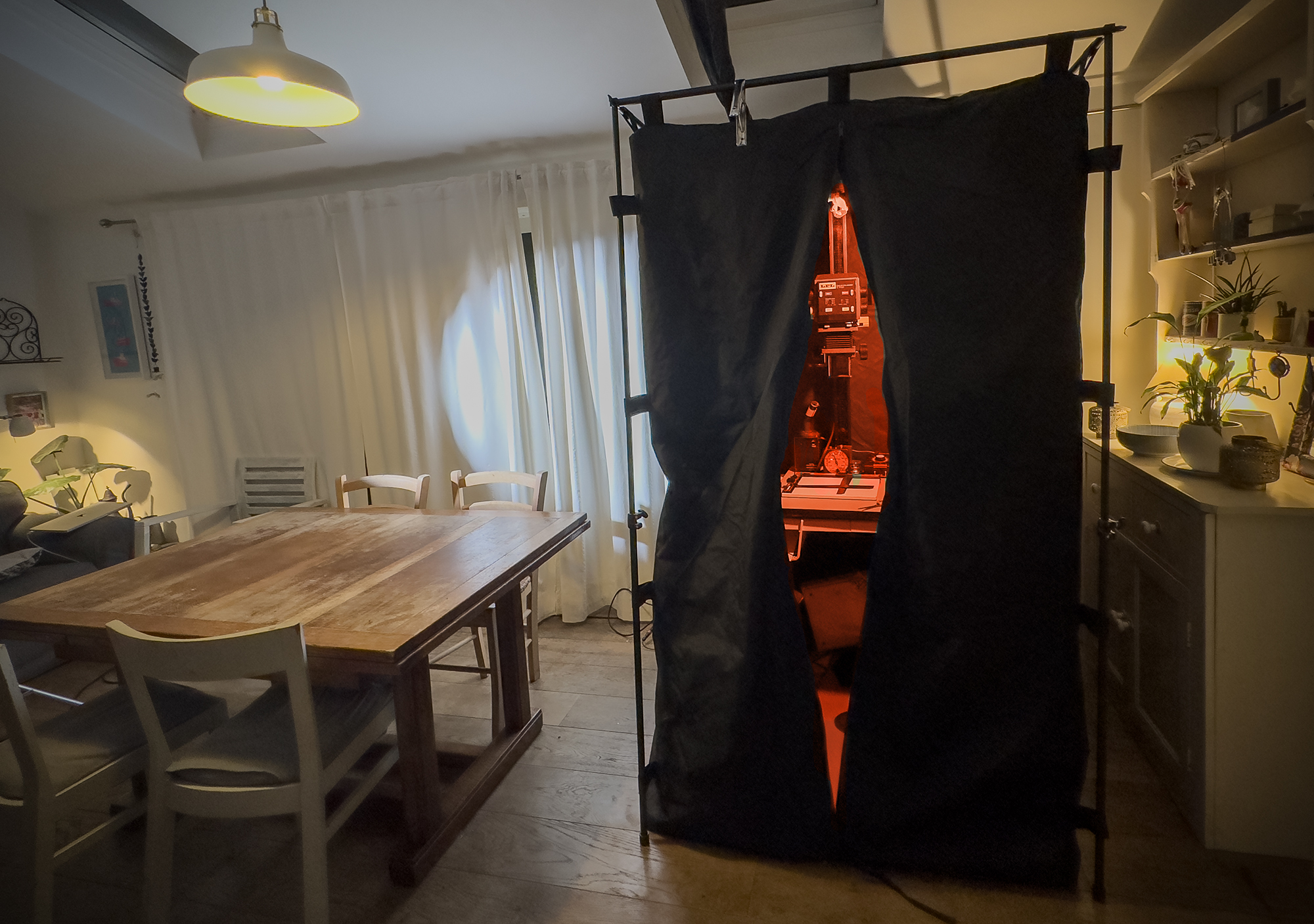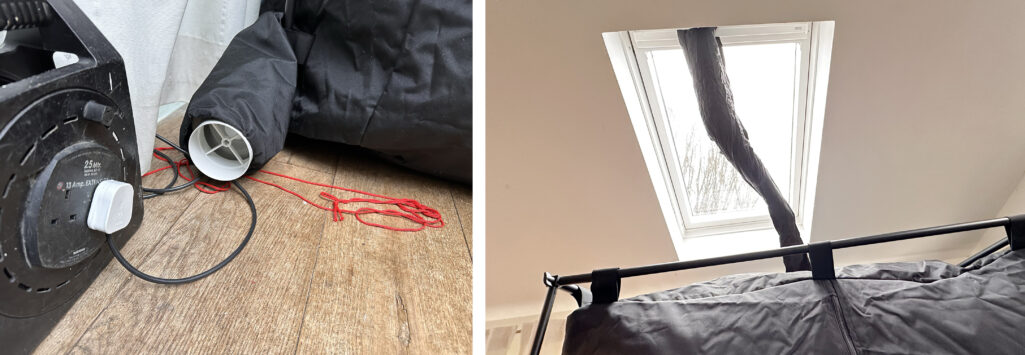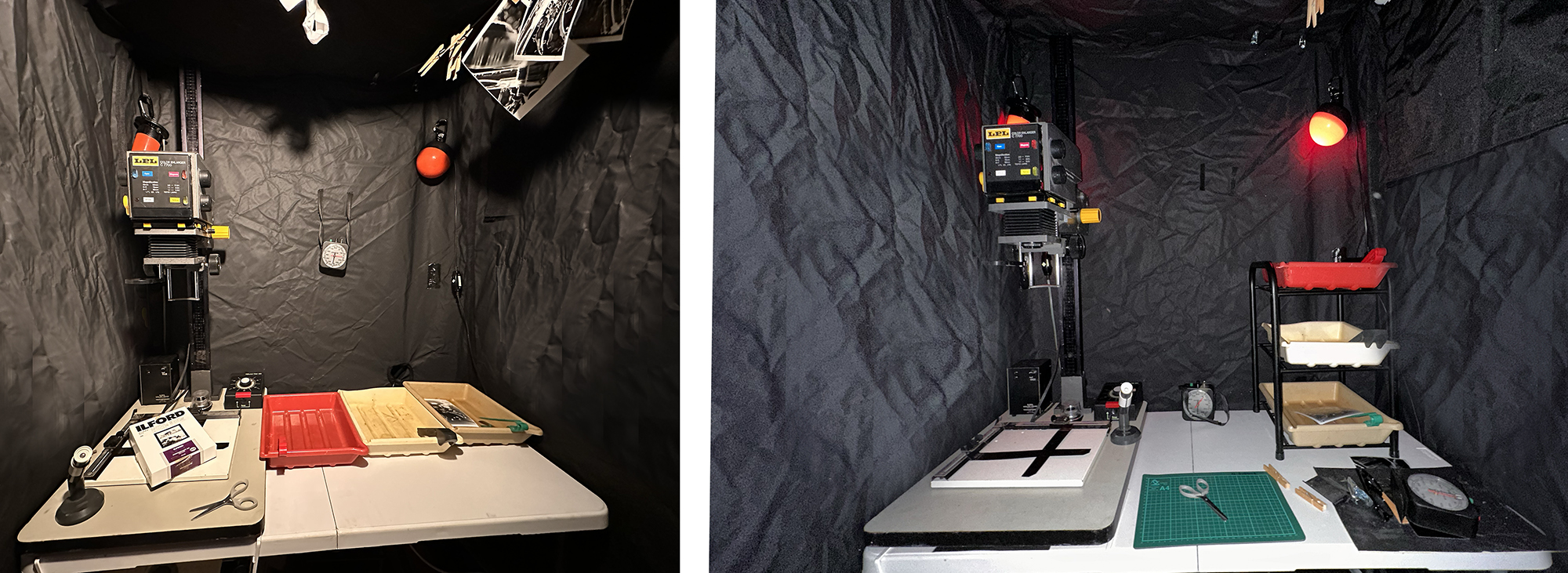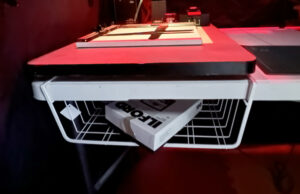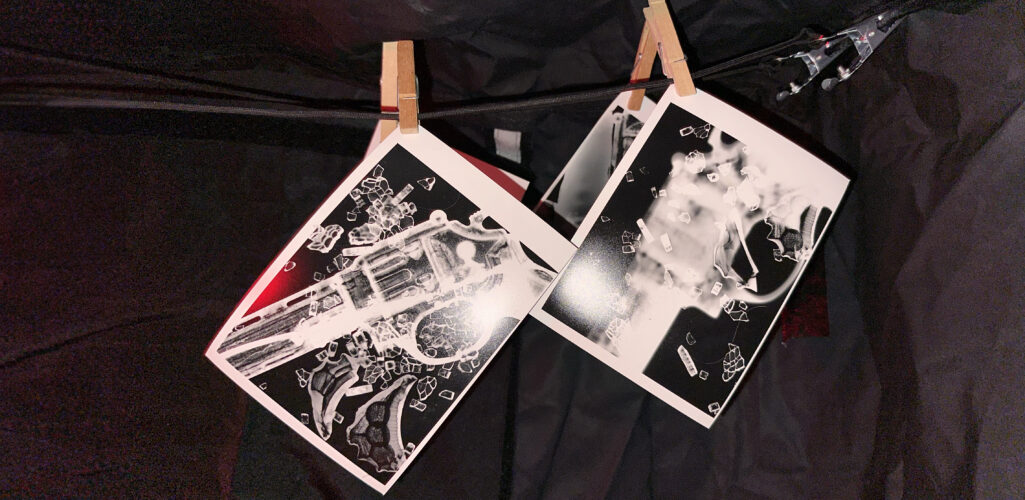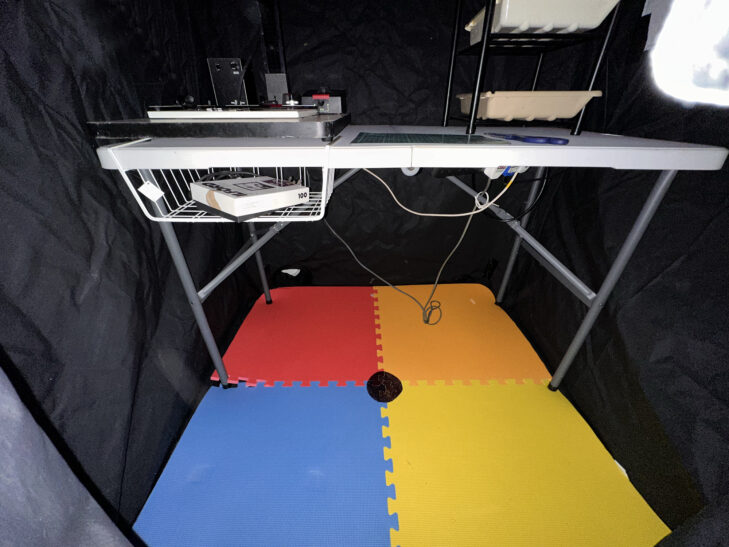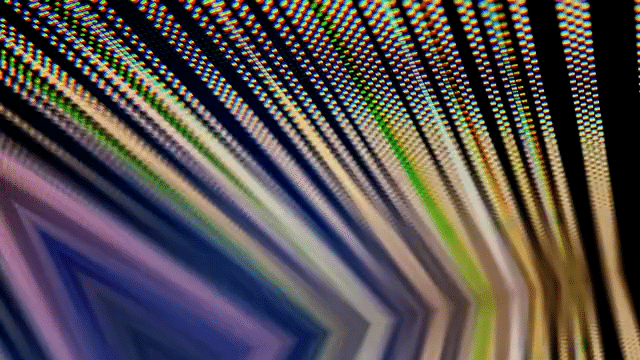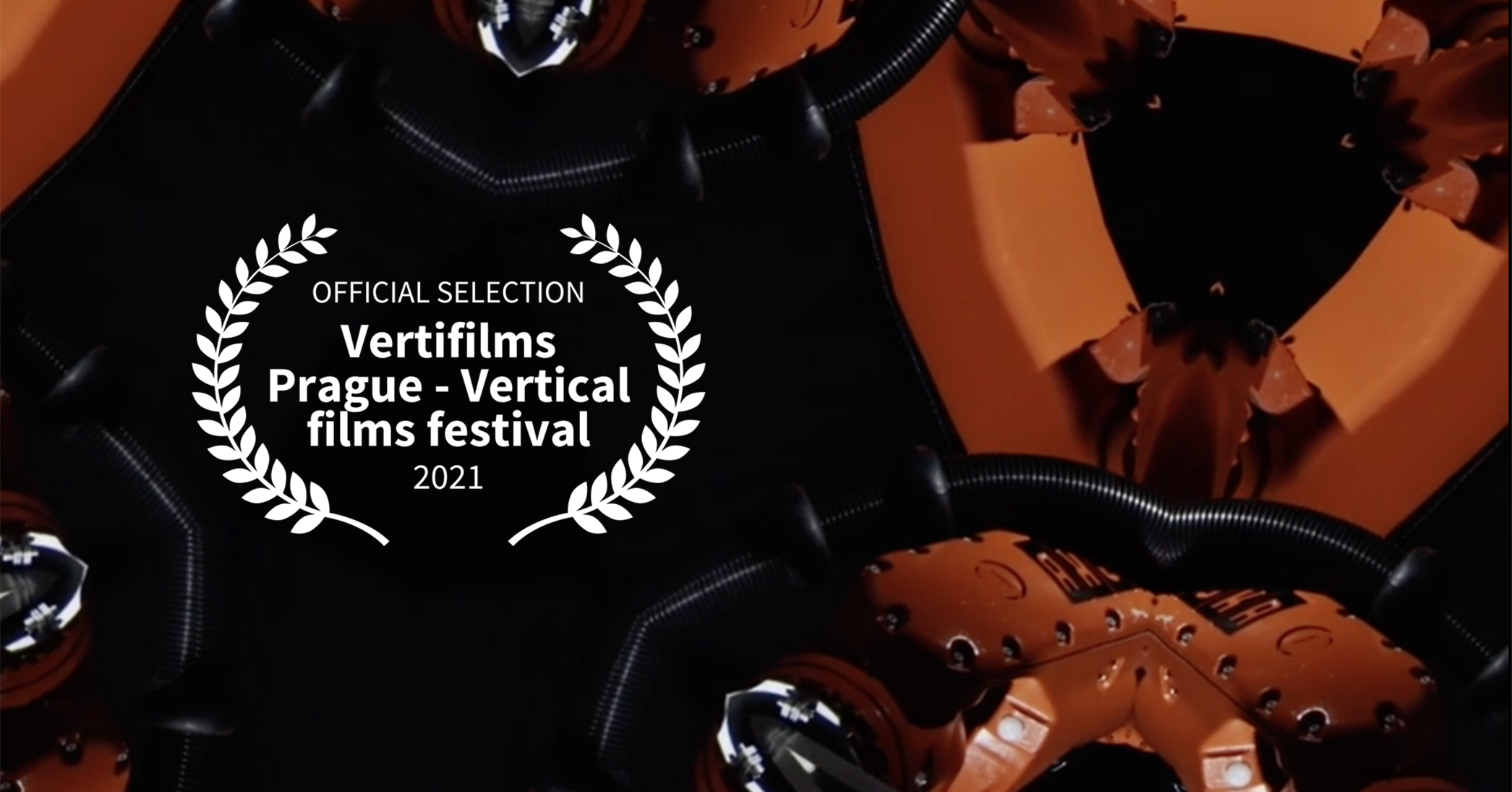Agriculture and rural affairs
Agricultural Photography
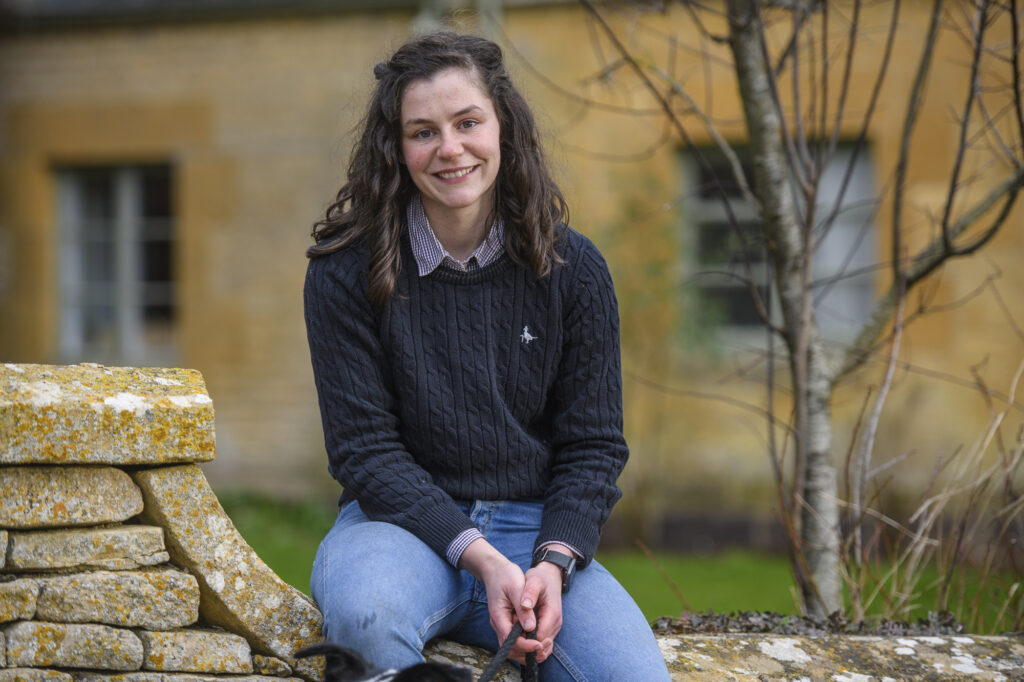
Portrait of Jess Palmer, Agriculture student RAU
I had the good fortune of growing up on a dairy farm in Pembrokeshire so love the opportunity to put my wellies on and take pictures down on a farm. I was introduced to farm photography at an early age. As a toddler I appeared in a story about my parent’s farm in the Farmers Guardian. Over the years, I have photographed most aspects of farming life. Below you will see a range of images I have taken on farms and markets across the UK.
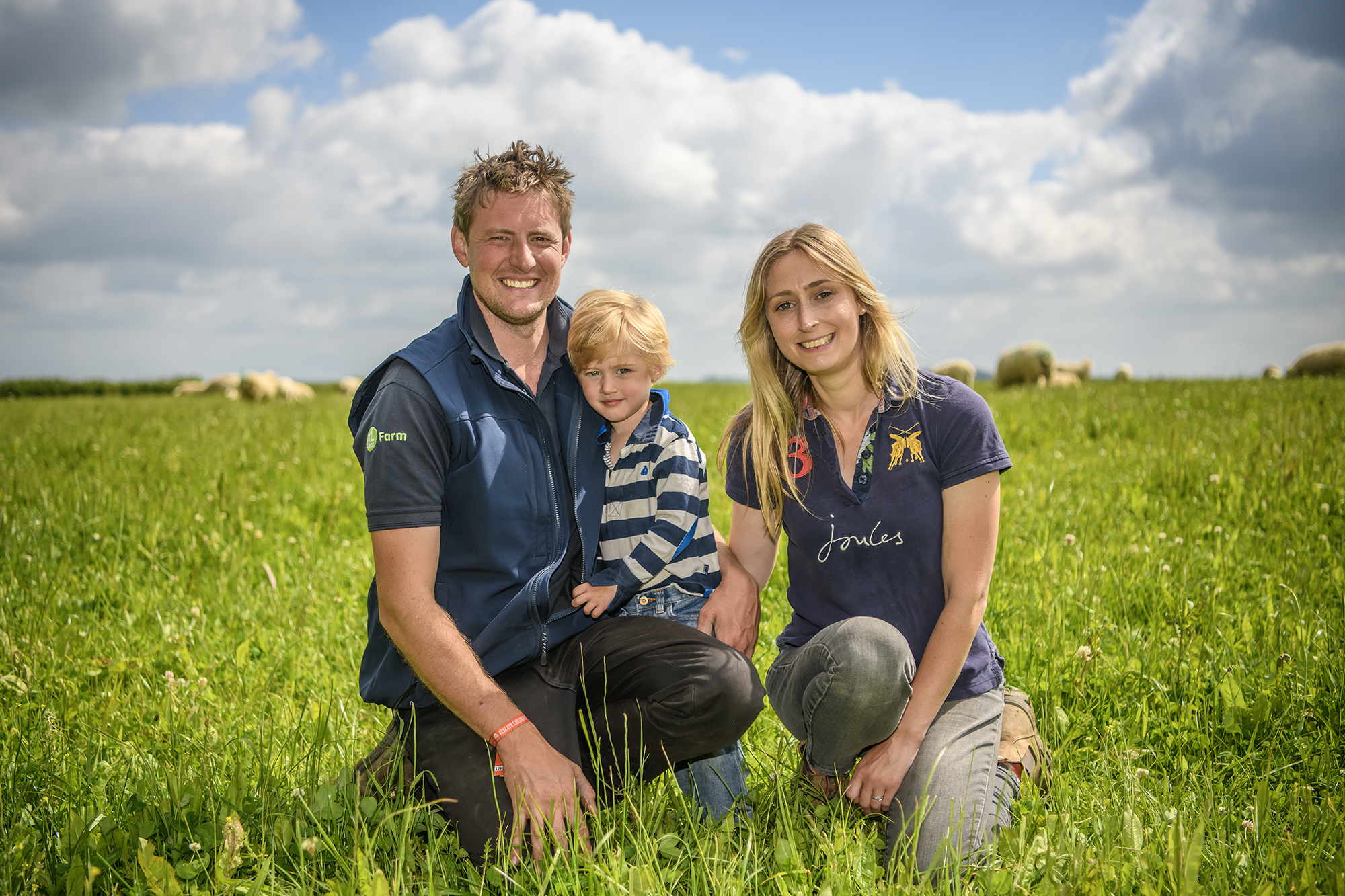
Feature on young sheep farming family in Dorset for Farmers Guardian
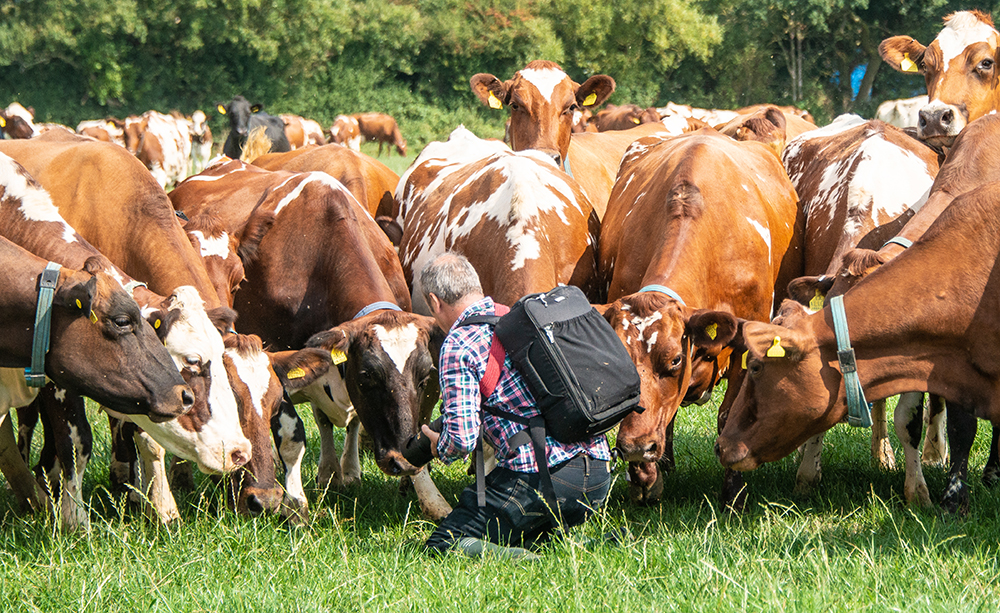
Going through the shooting brief with my clients
Lifestock
Cows make great subjects, they are naturally curious and with little encouragement will come right up to you in a field. While this makes close-up shots easy, you cannot put your camera bag down for long or their curious noses will leave a trail of drool over all of your kit.
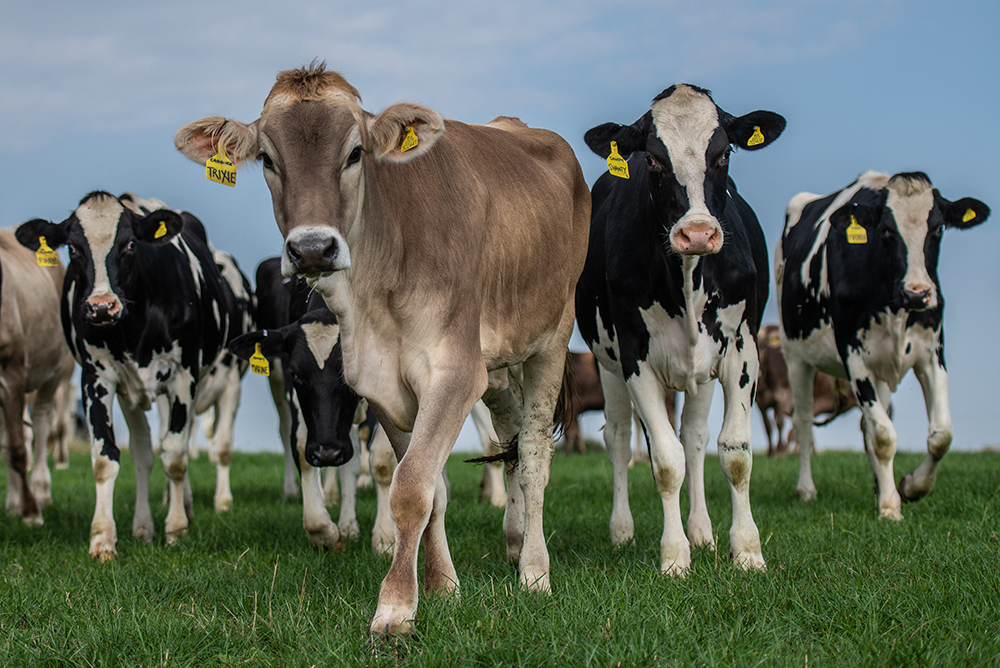
Brown Swiss Cattle and Friesians , Cancourt Farm near Swindon, for National Milk Records
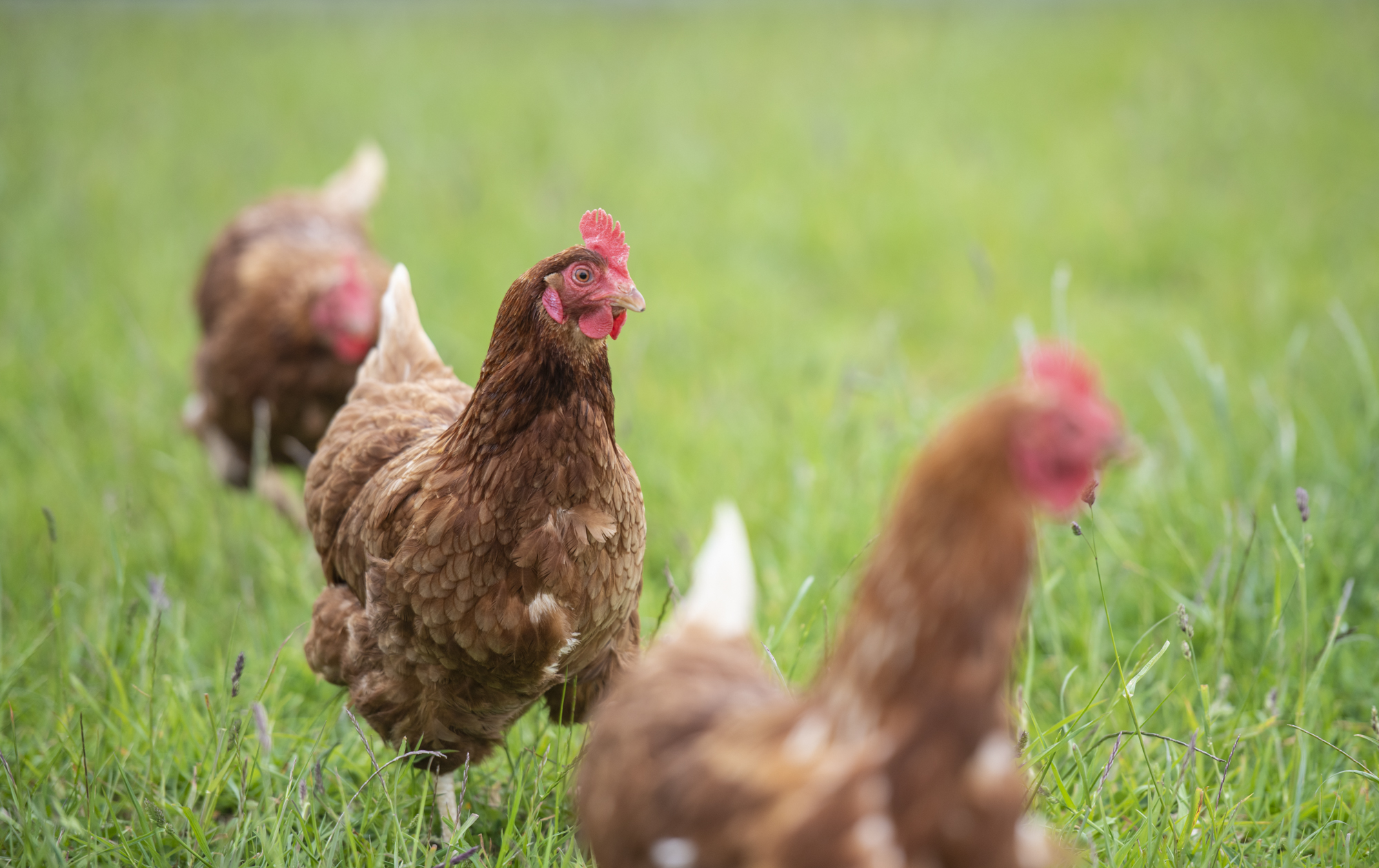
Free range hens
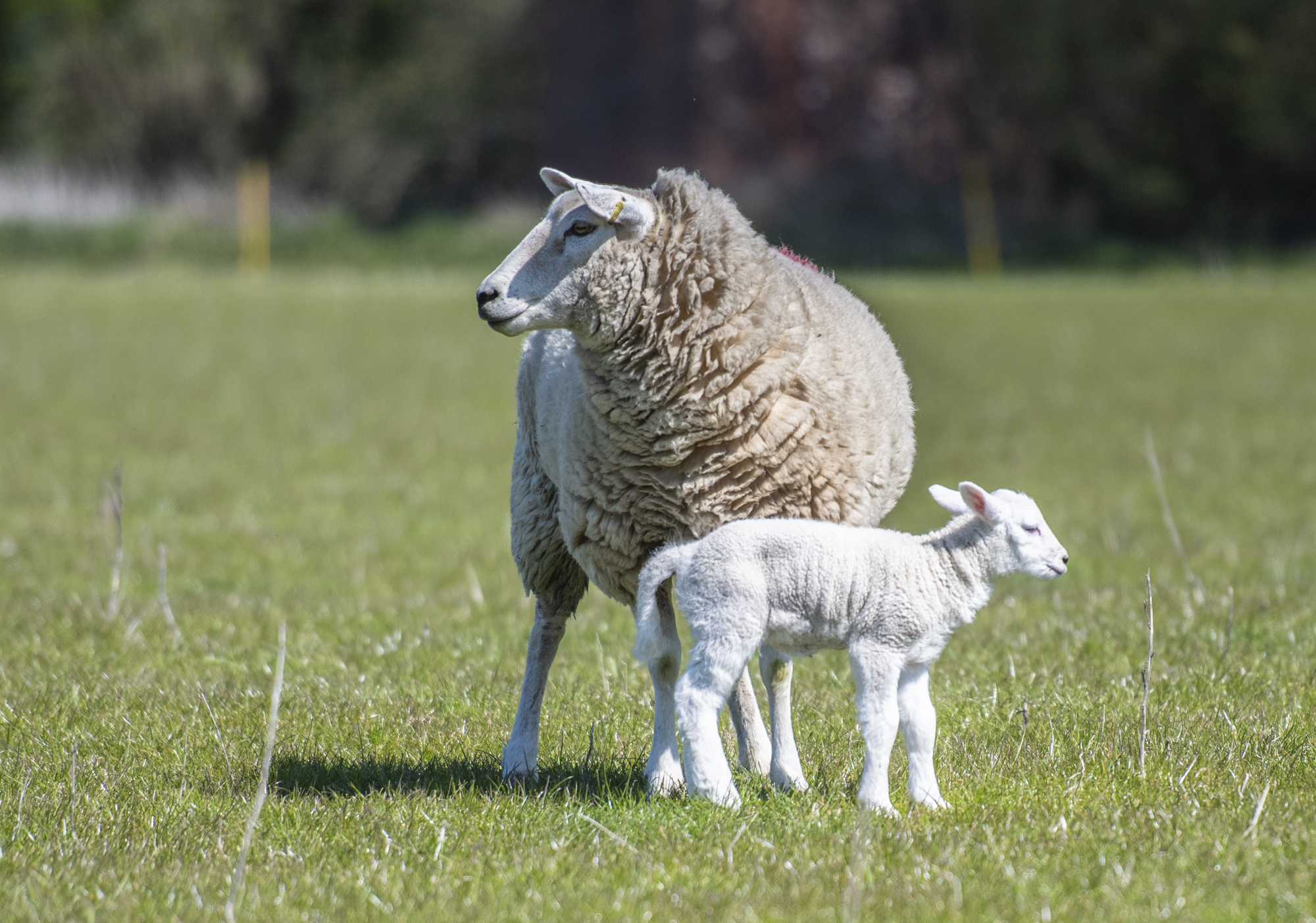
Ewe and lamb in field for Farmers Guardian
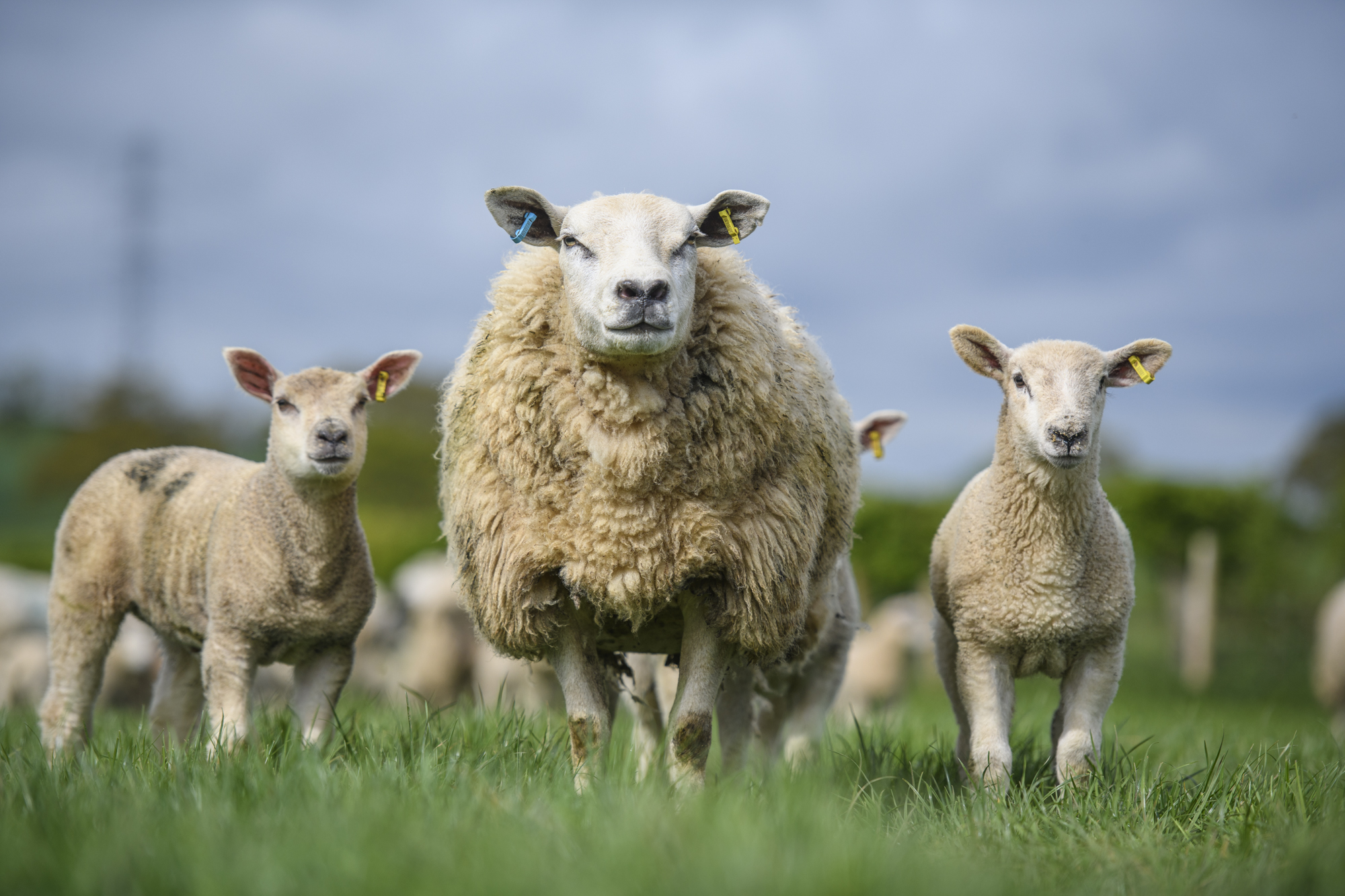
Ewe and lambs – Farmers Guardian
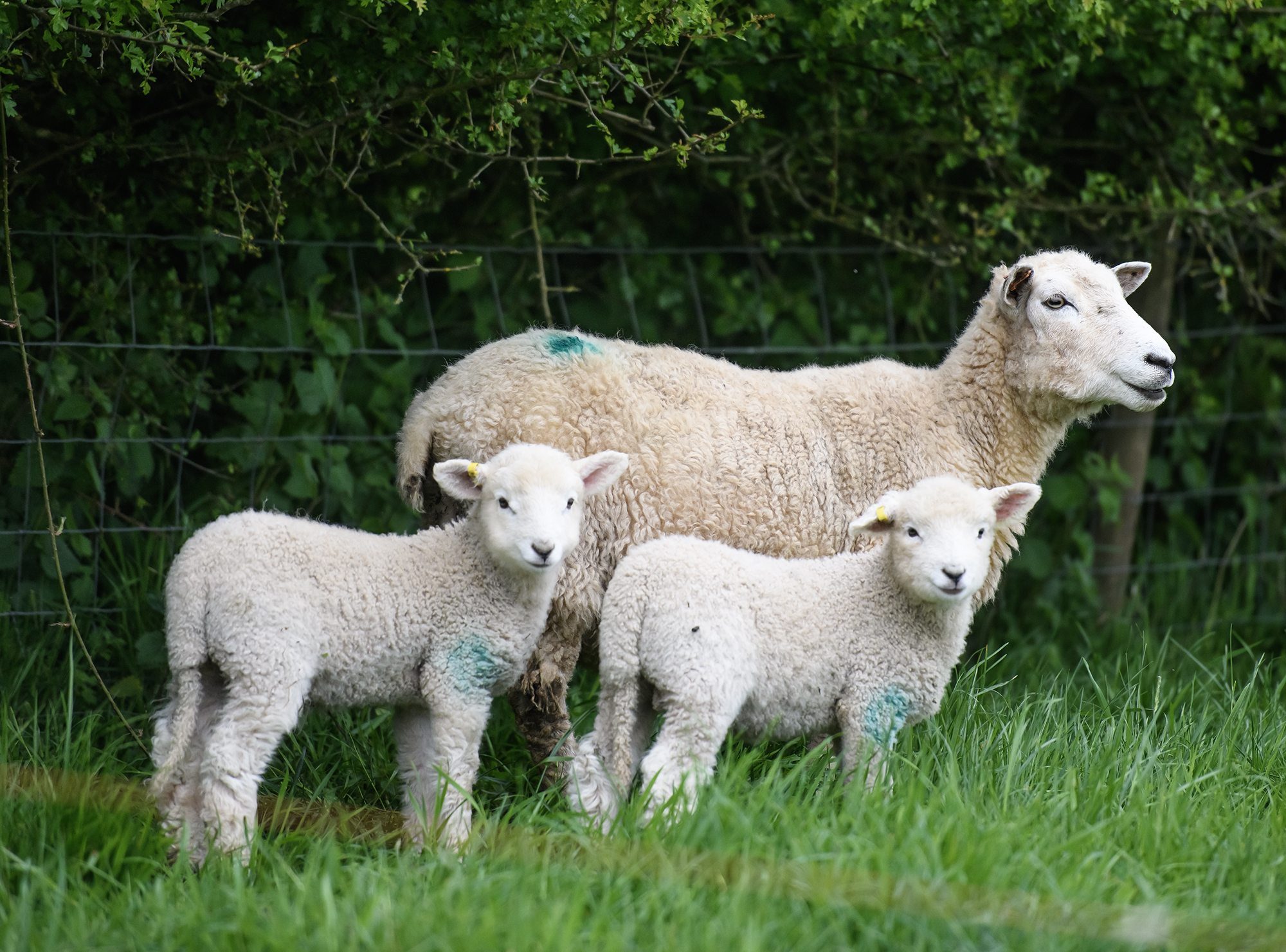
Ewe and lambs for Farmers Guardian
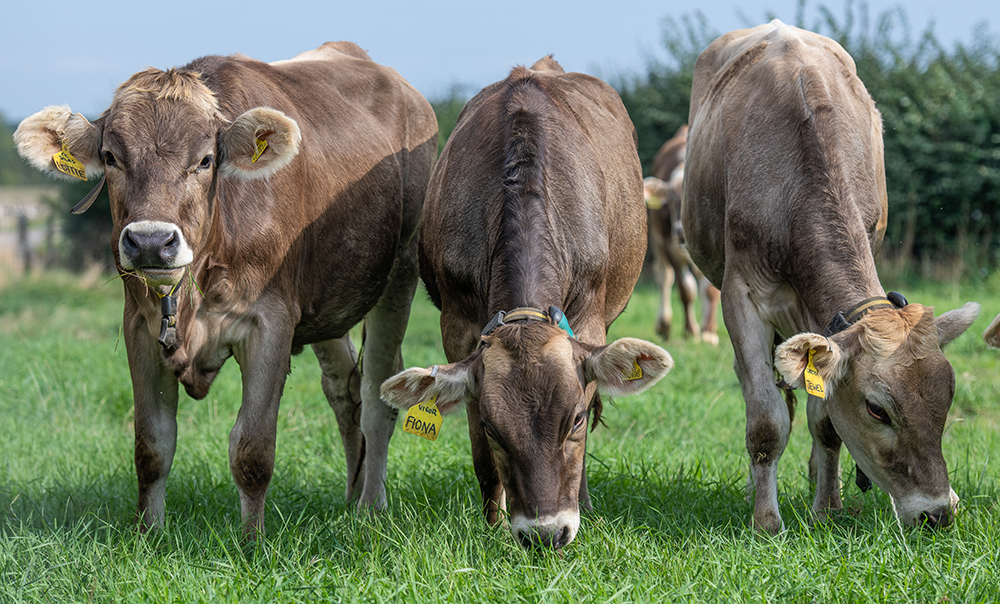
Brown Swiss Cattle, Cancourt Farm near Swindon for National Milk Records
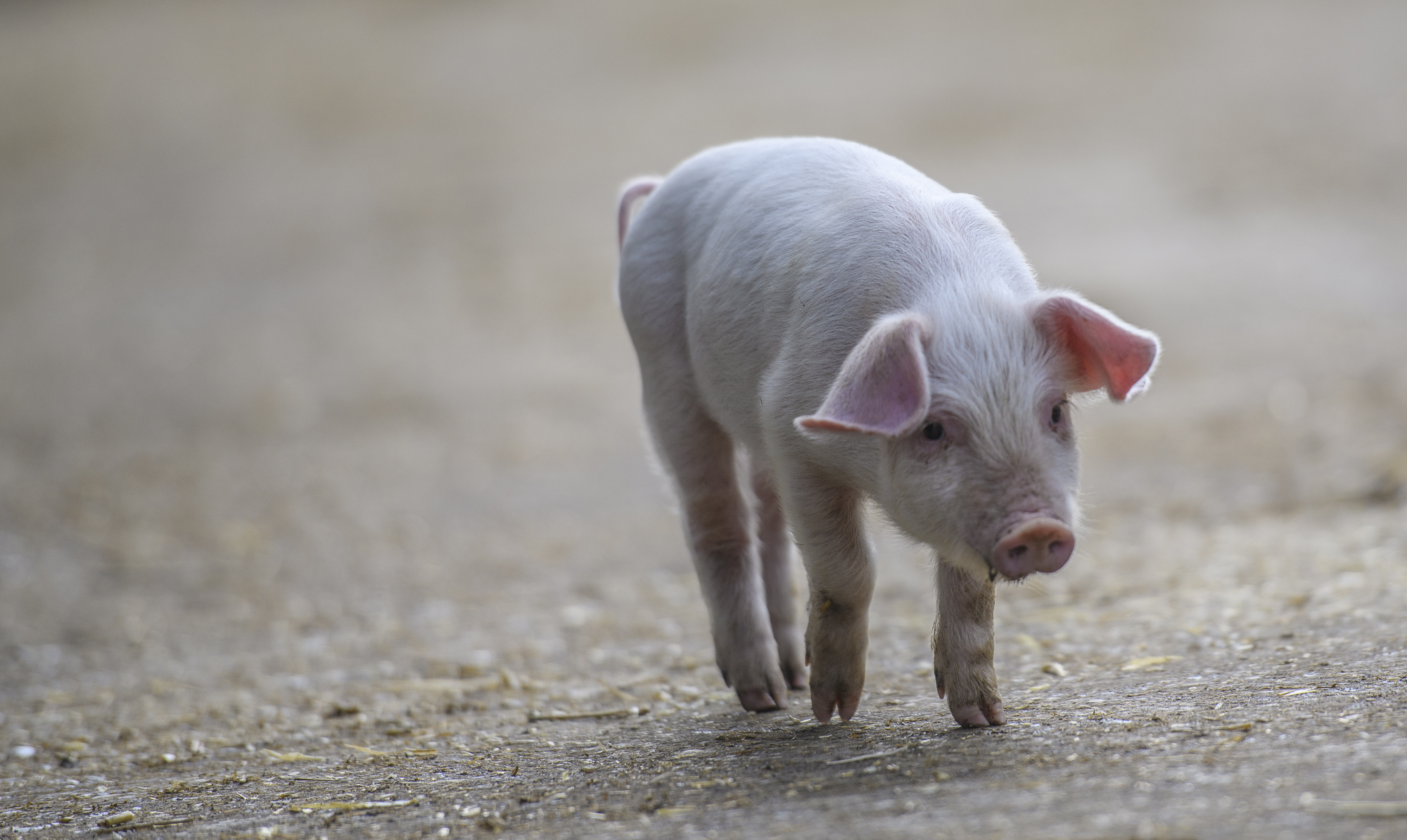
Piglet, Newton Farm for Farmers Guardian
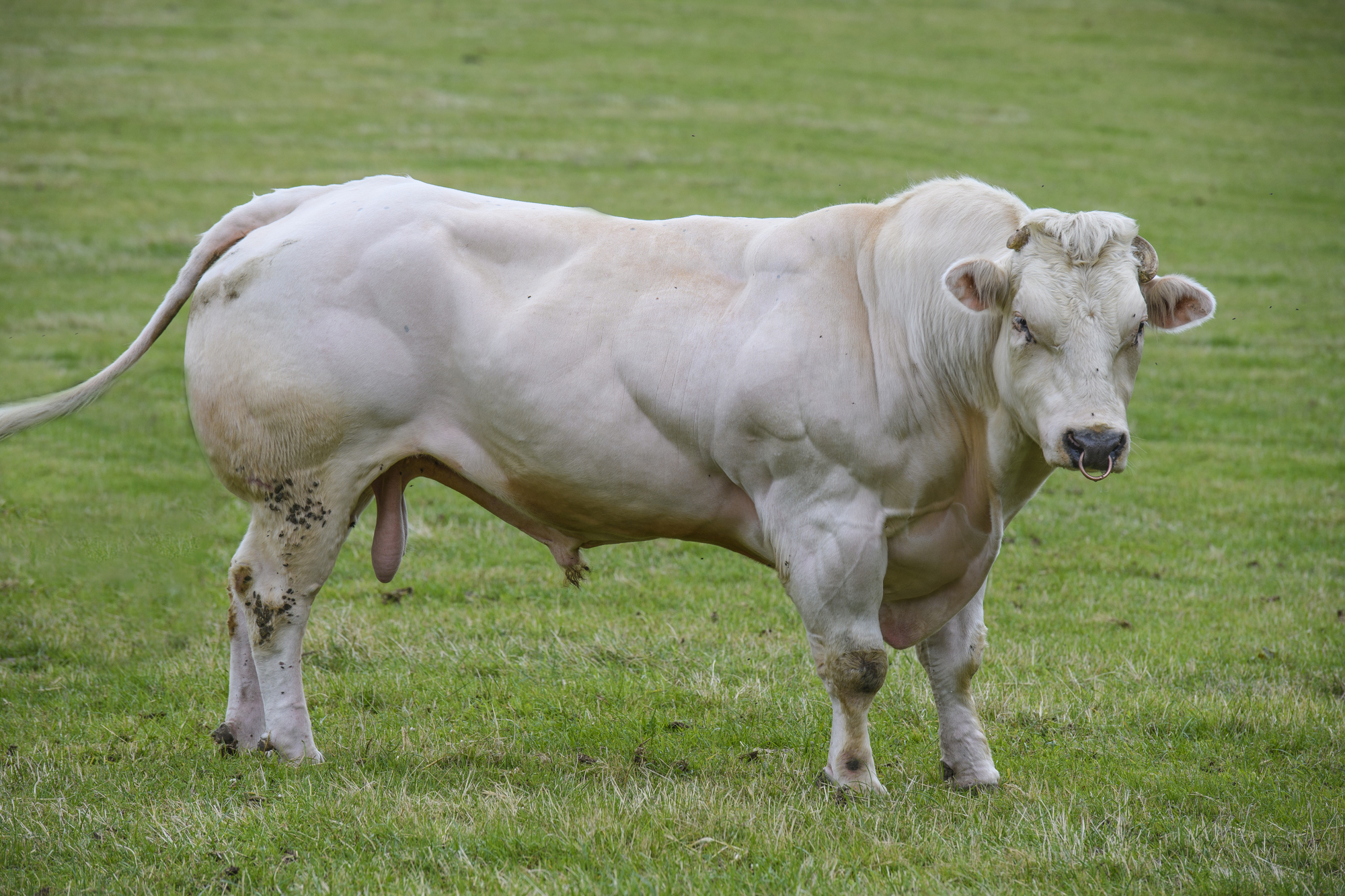
British Blue bull in field for Farmers Guardian
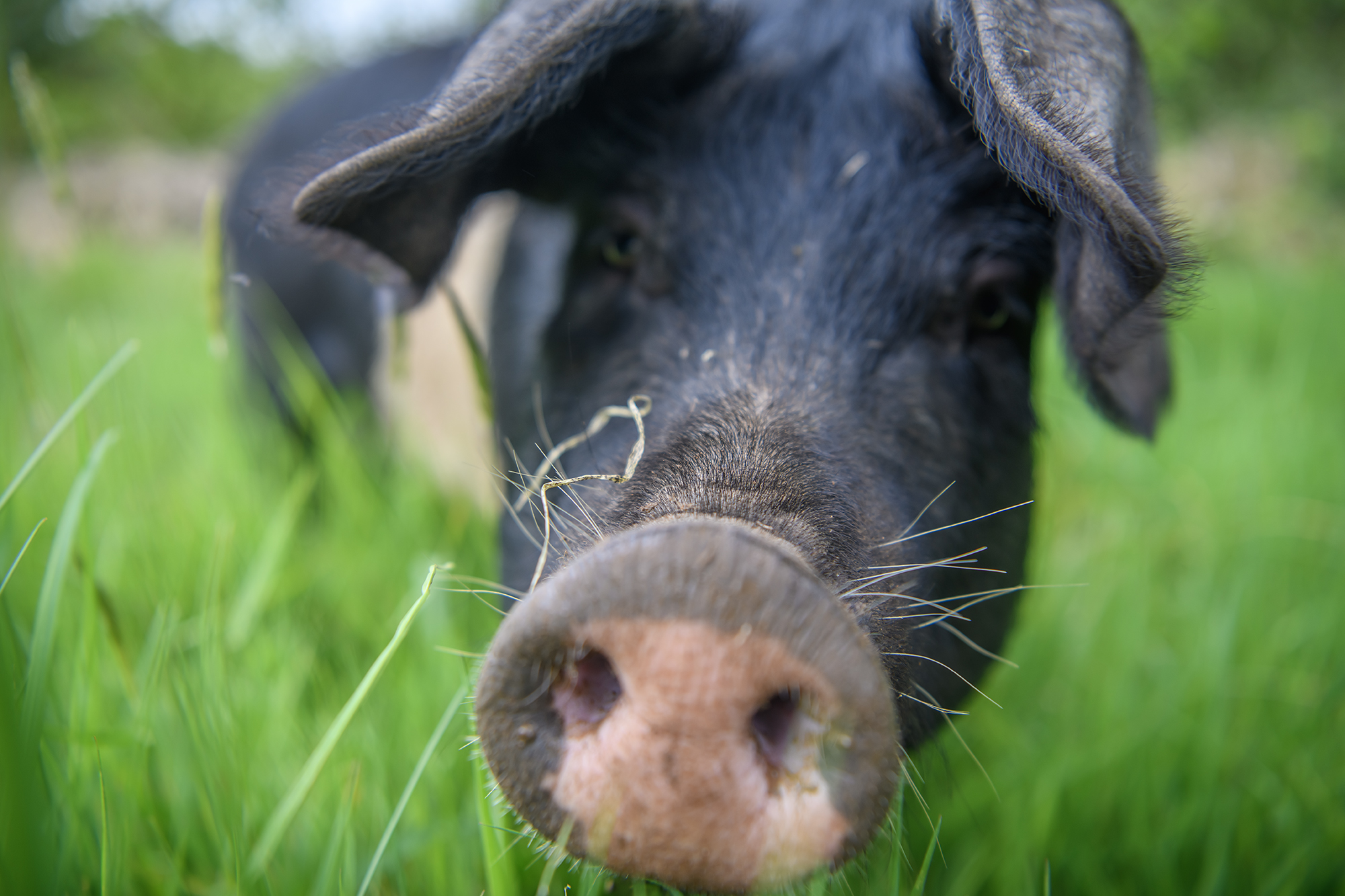
Free range pigs for Farmers Guardian
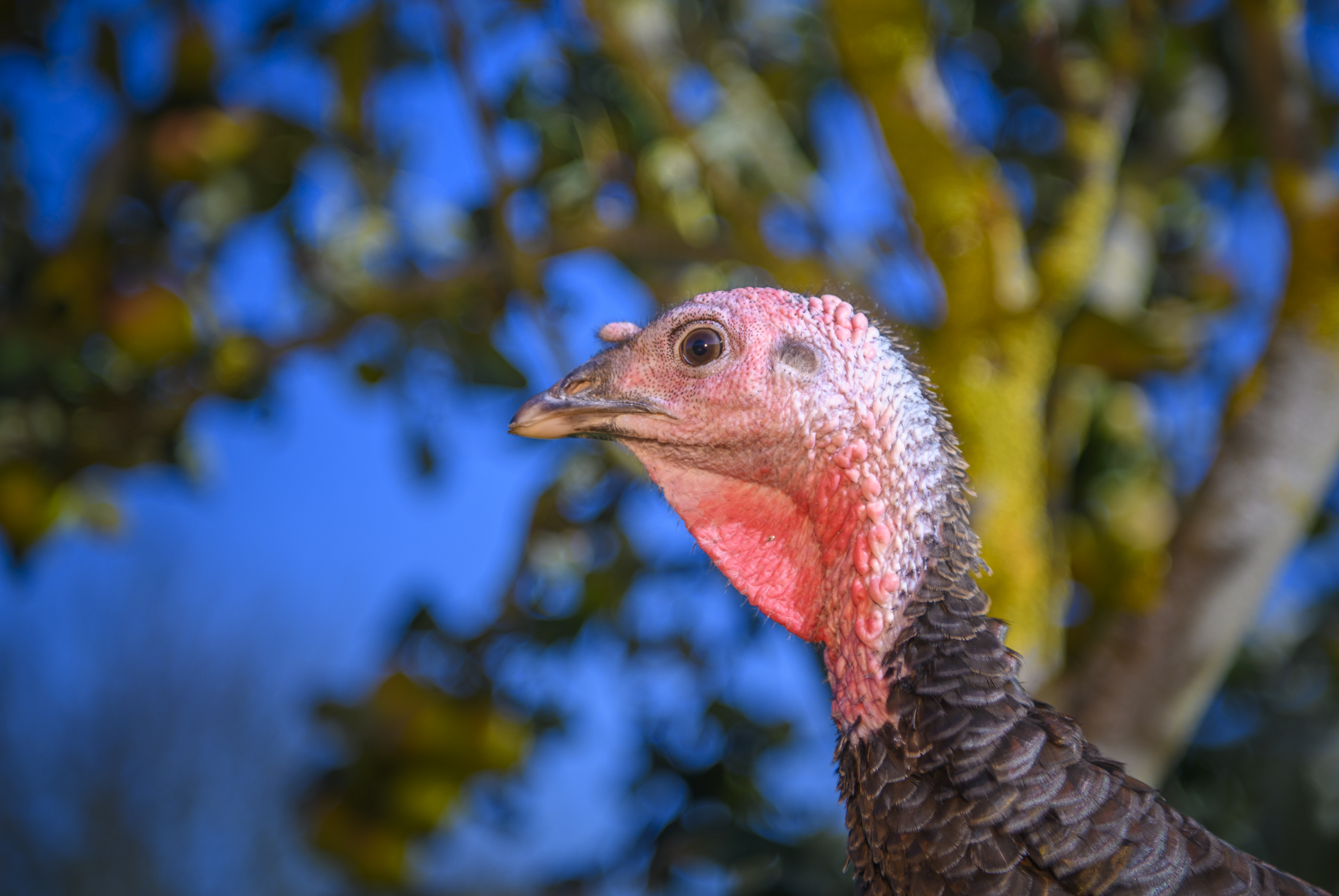
Turkey for Farmers Guardian
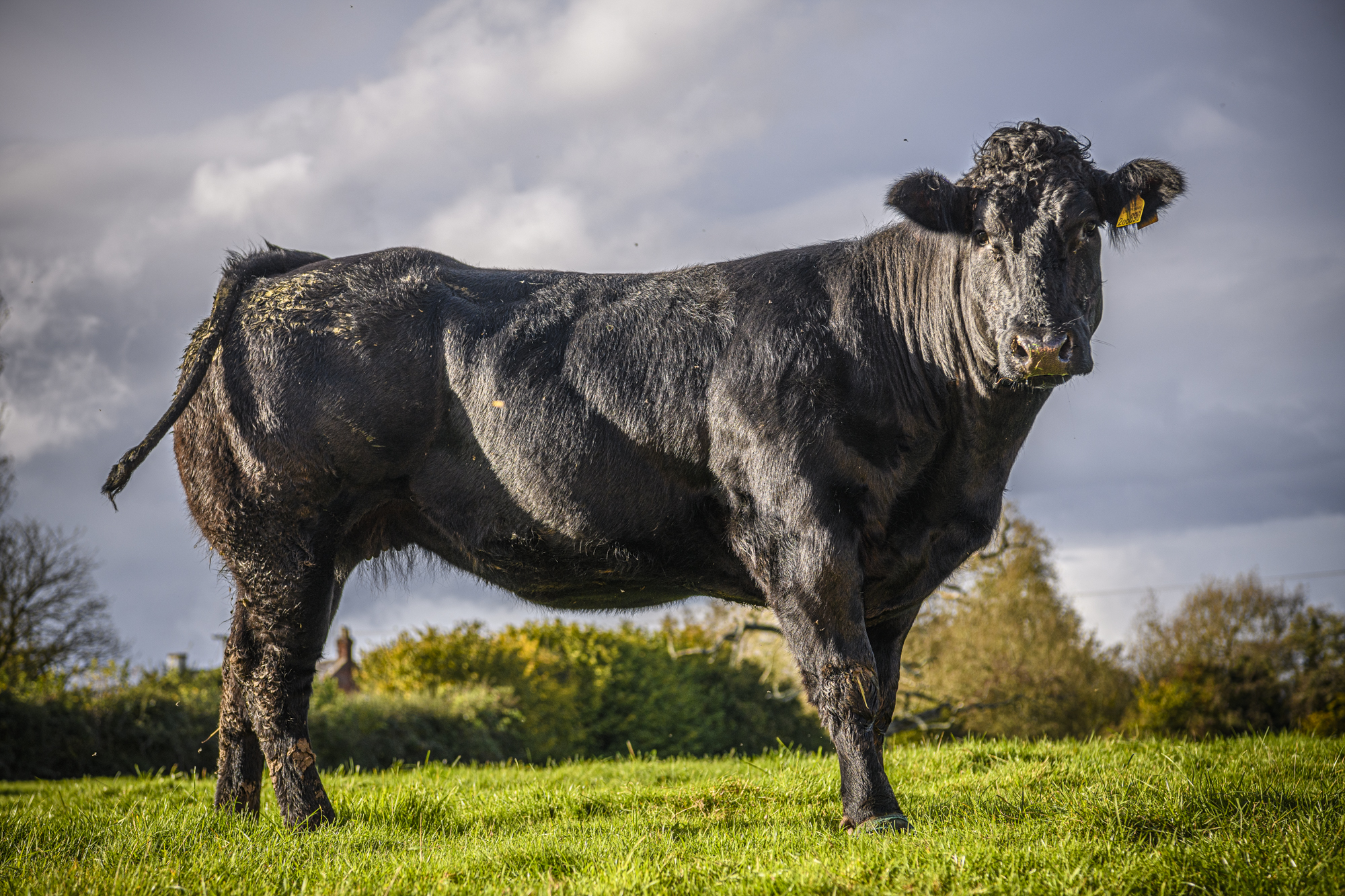
Angus cow
Location portraits
Every visit to a farm requires a few portrait images of the people behind the enterprise. I always try to provide atmospheric images that give a sense of the day to day working environment and the unique quality of the farm.
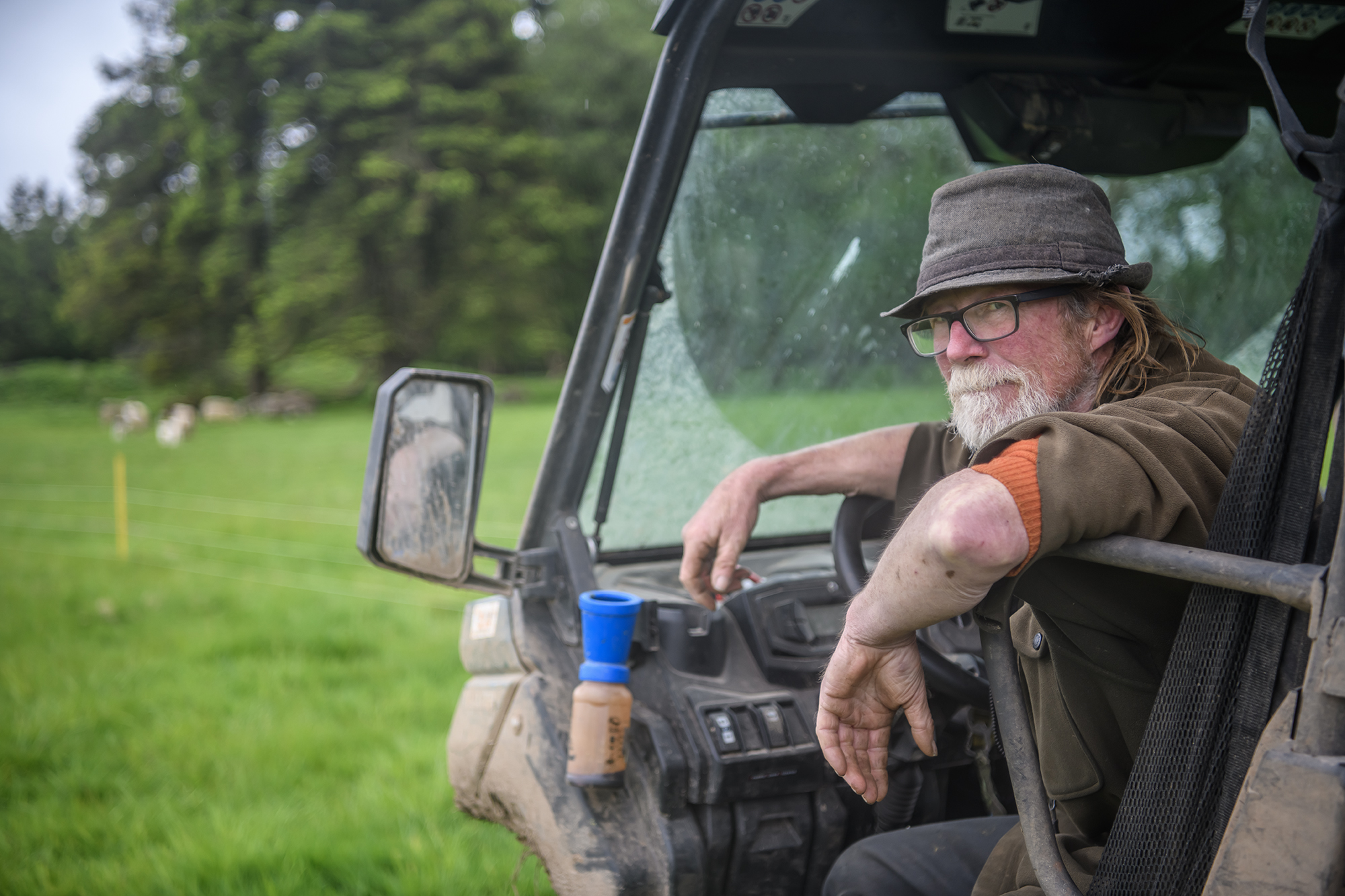
Portrait of sheep farmer for Farmers Guardian
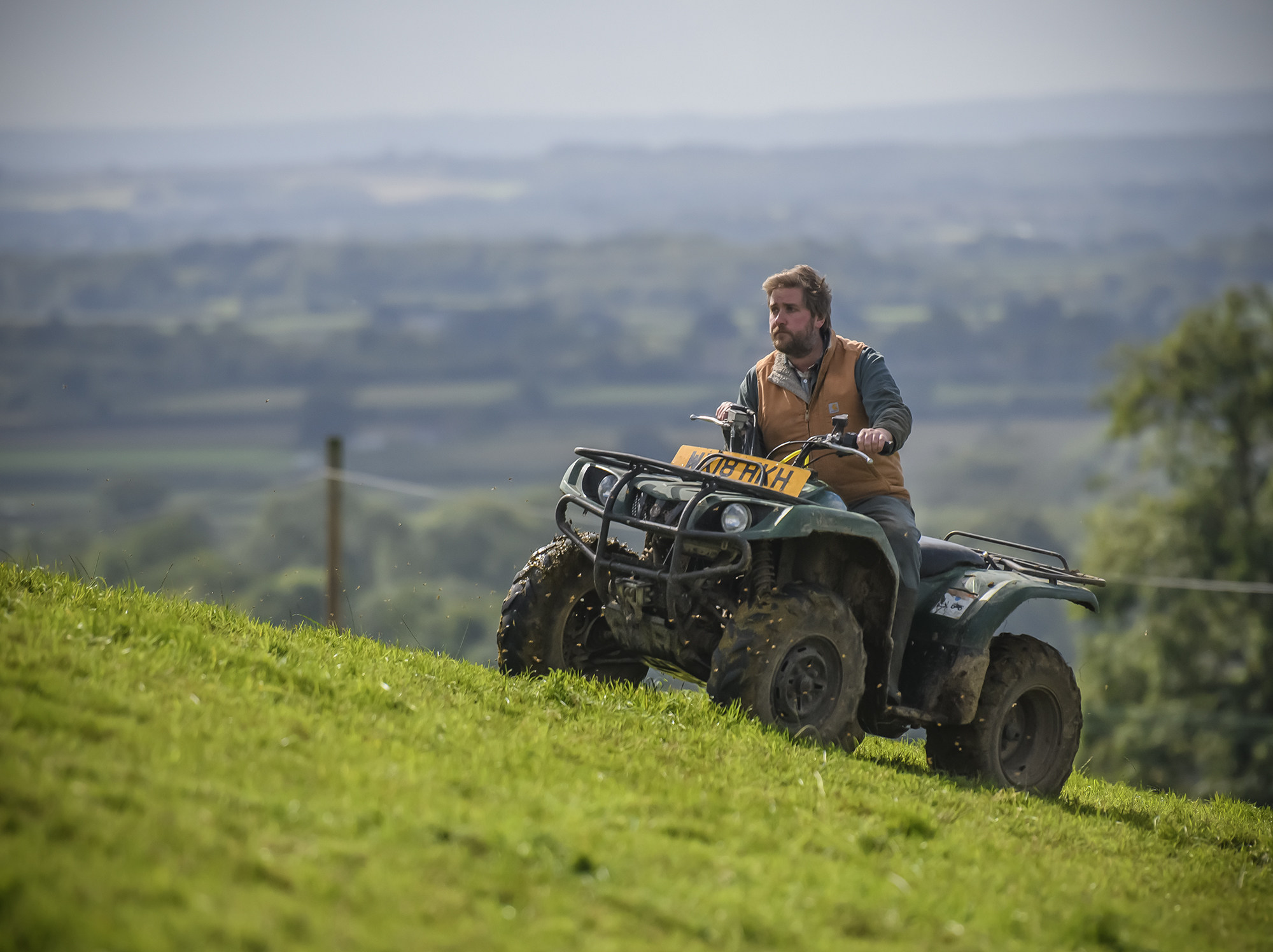
Portrait of dairy farmer for Farmers Guardian
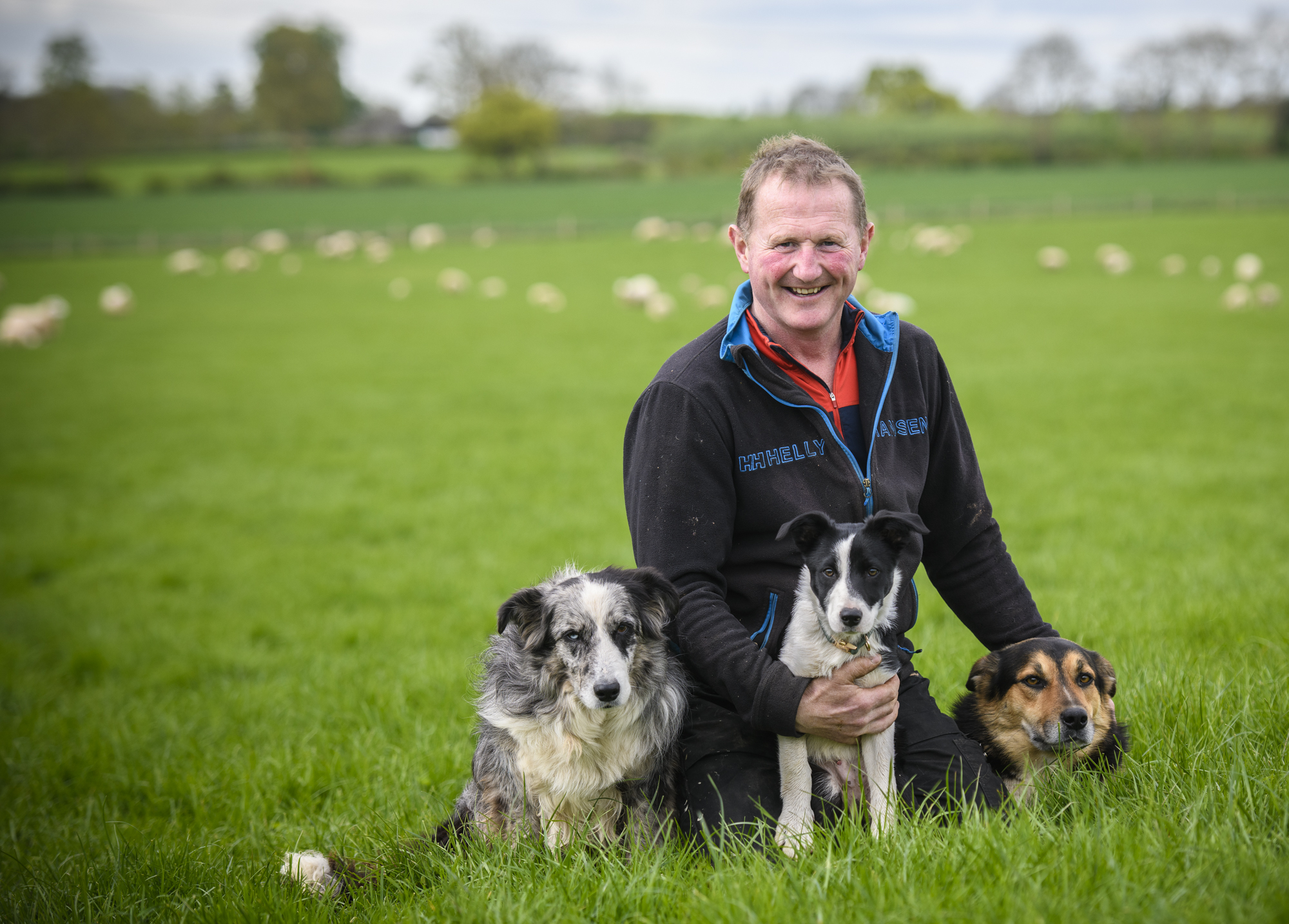
Sheep farmer with dogs for Farmers Guardian
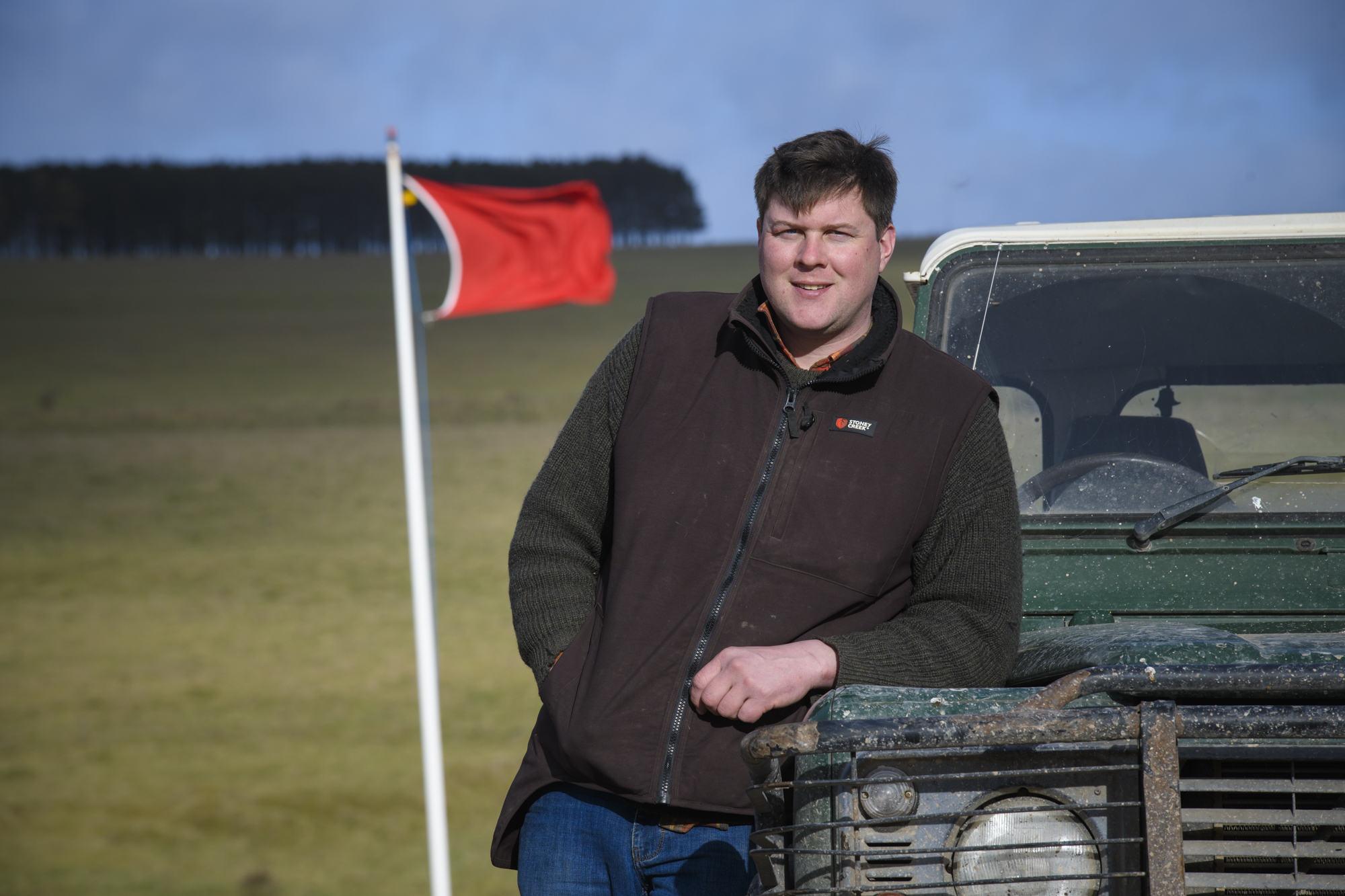
Portrait of beef farmer on Salisbury Plain army range for Farmers Guardian
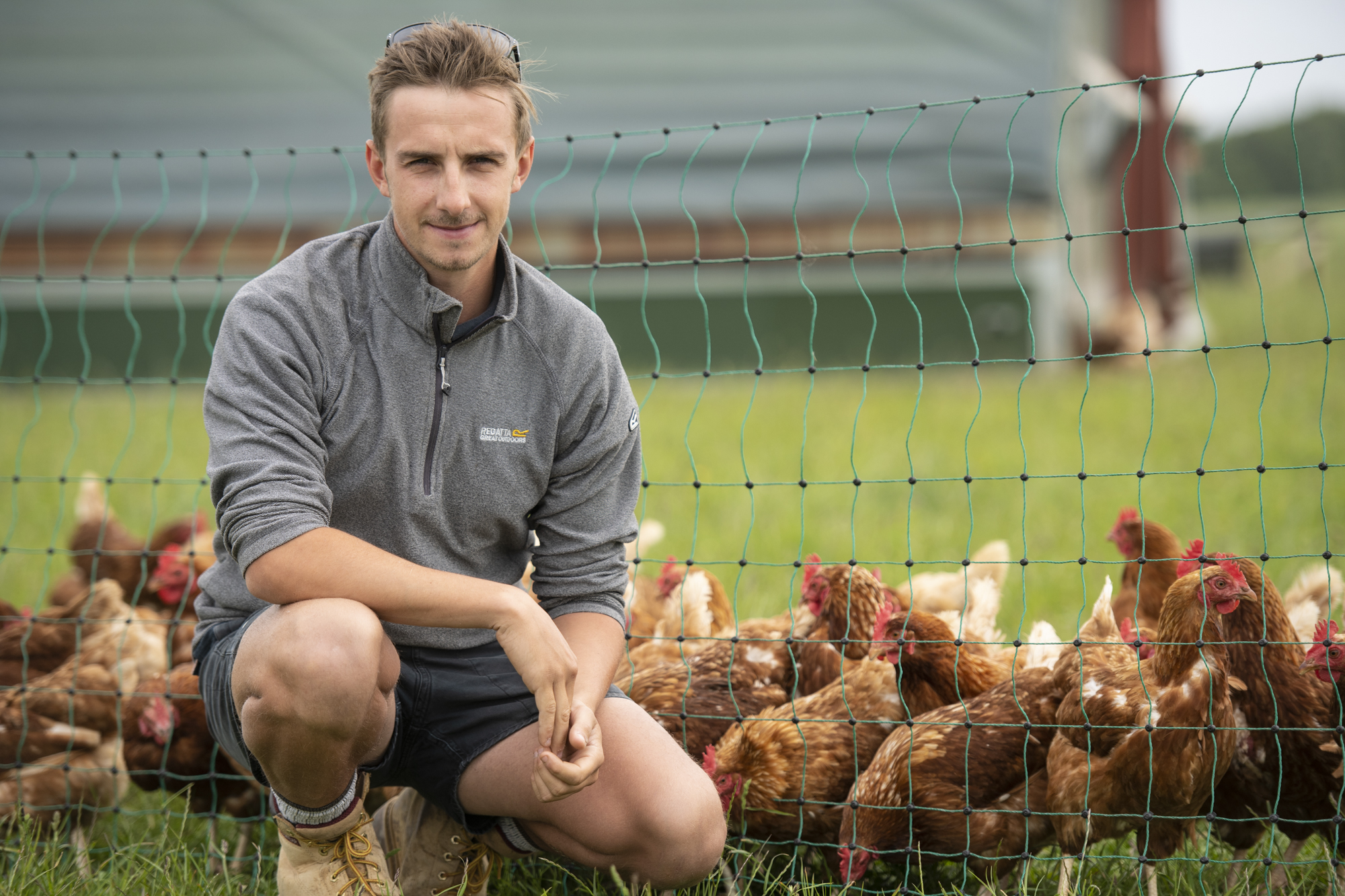
Ben Reynaldo and his free range poultry unit for Farmers Guardian
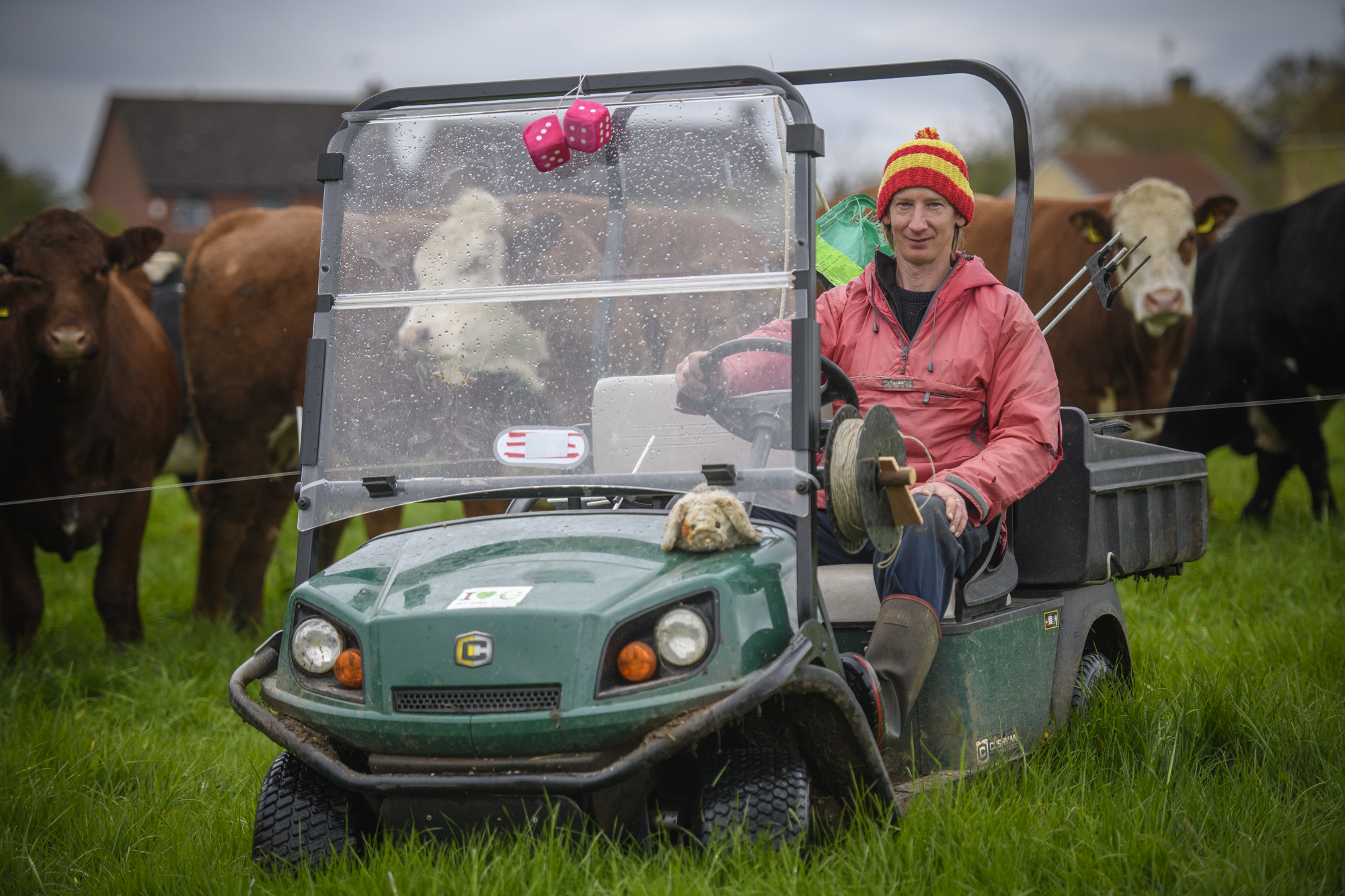
Portrait for Farmers Guardian
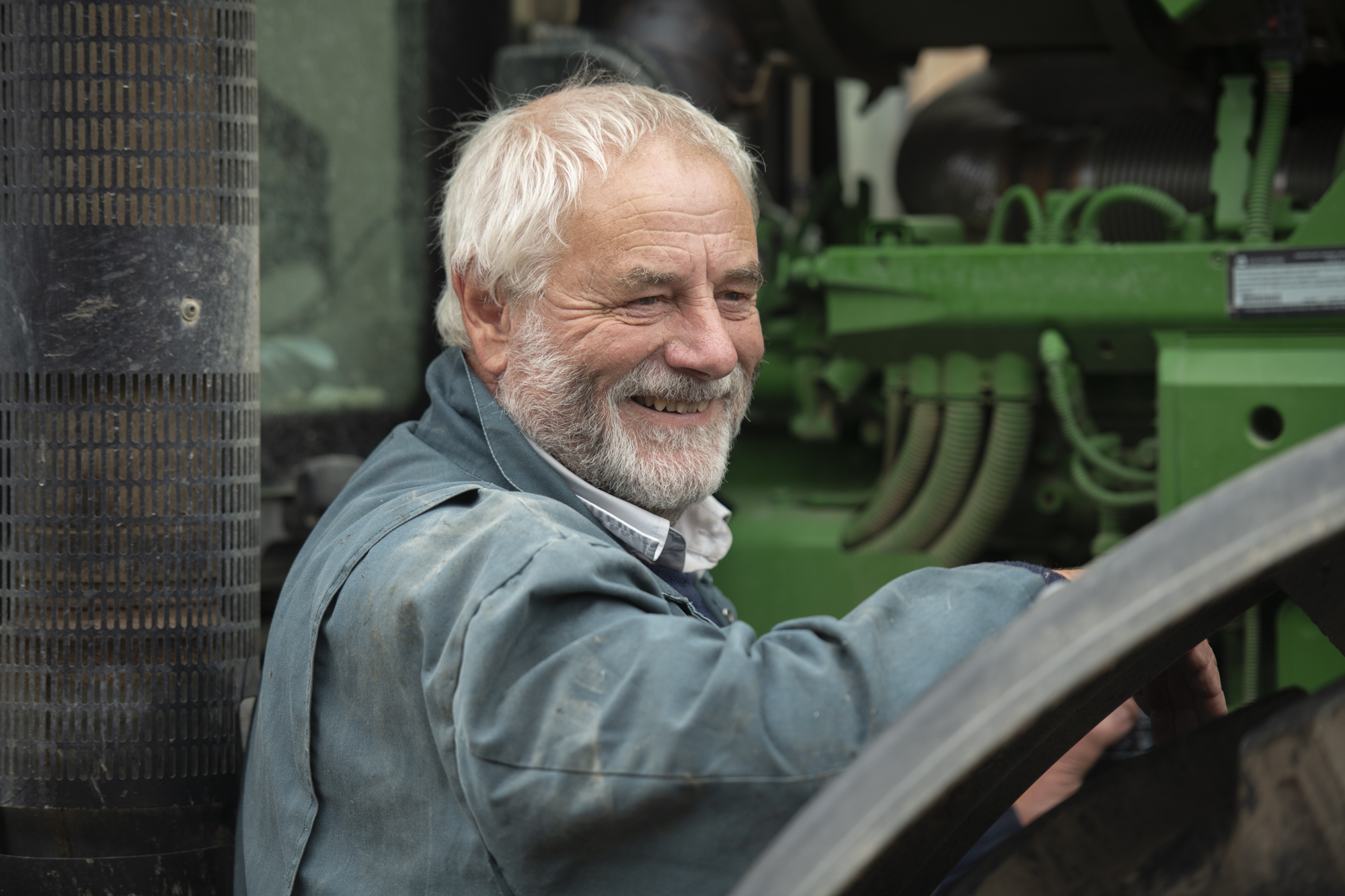
Portrait of tractor driver for Farmers Guardian
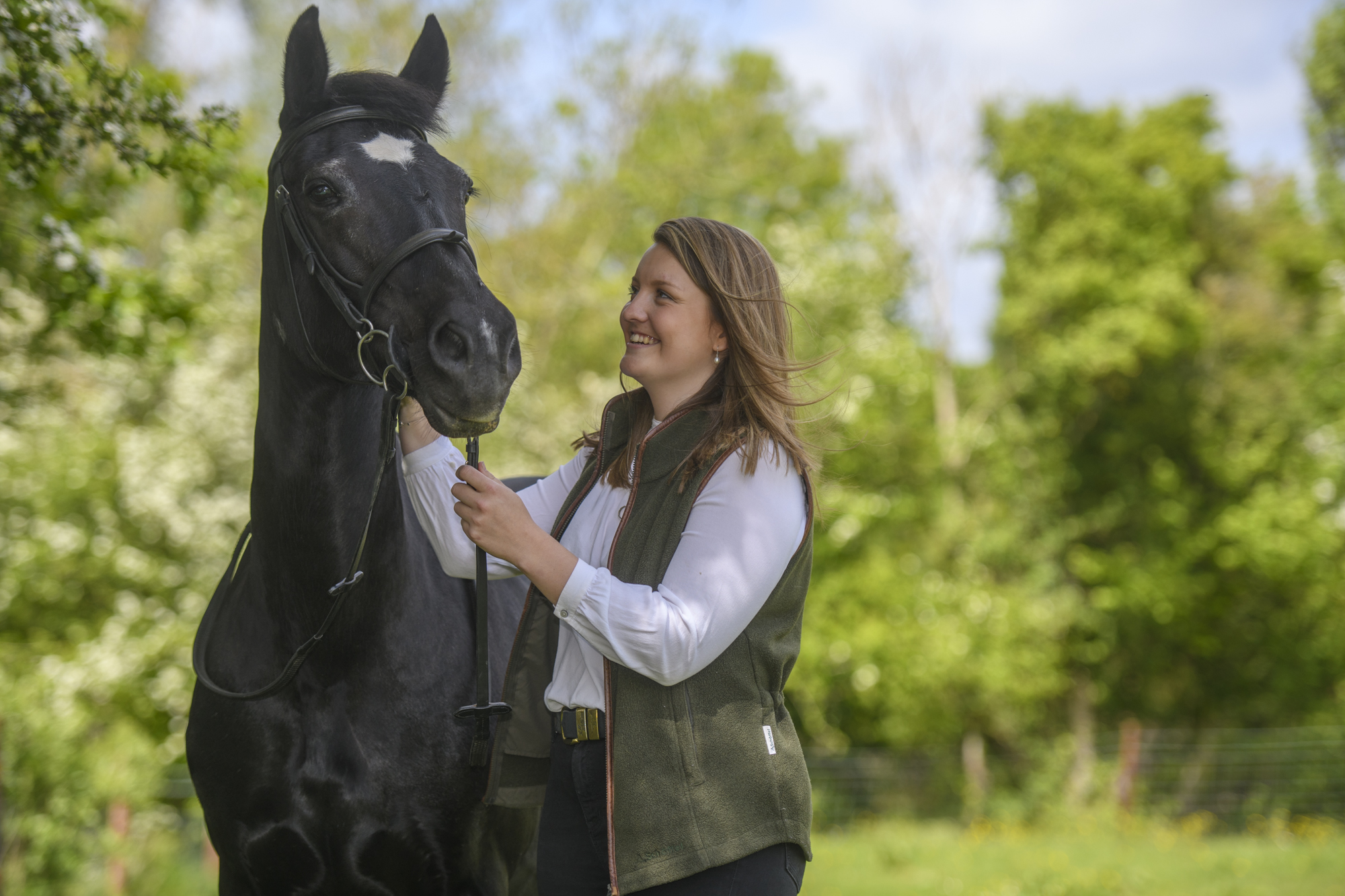
Portrait for Farmers Guardian
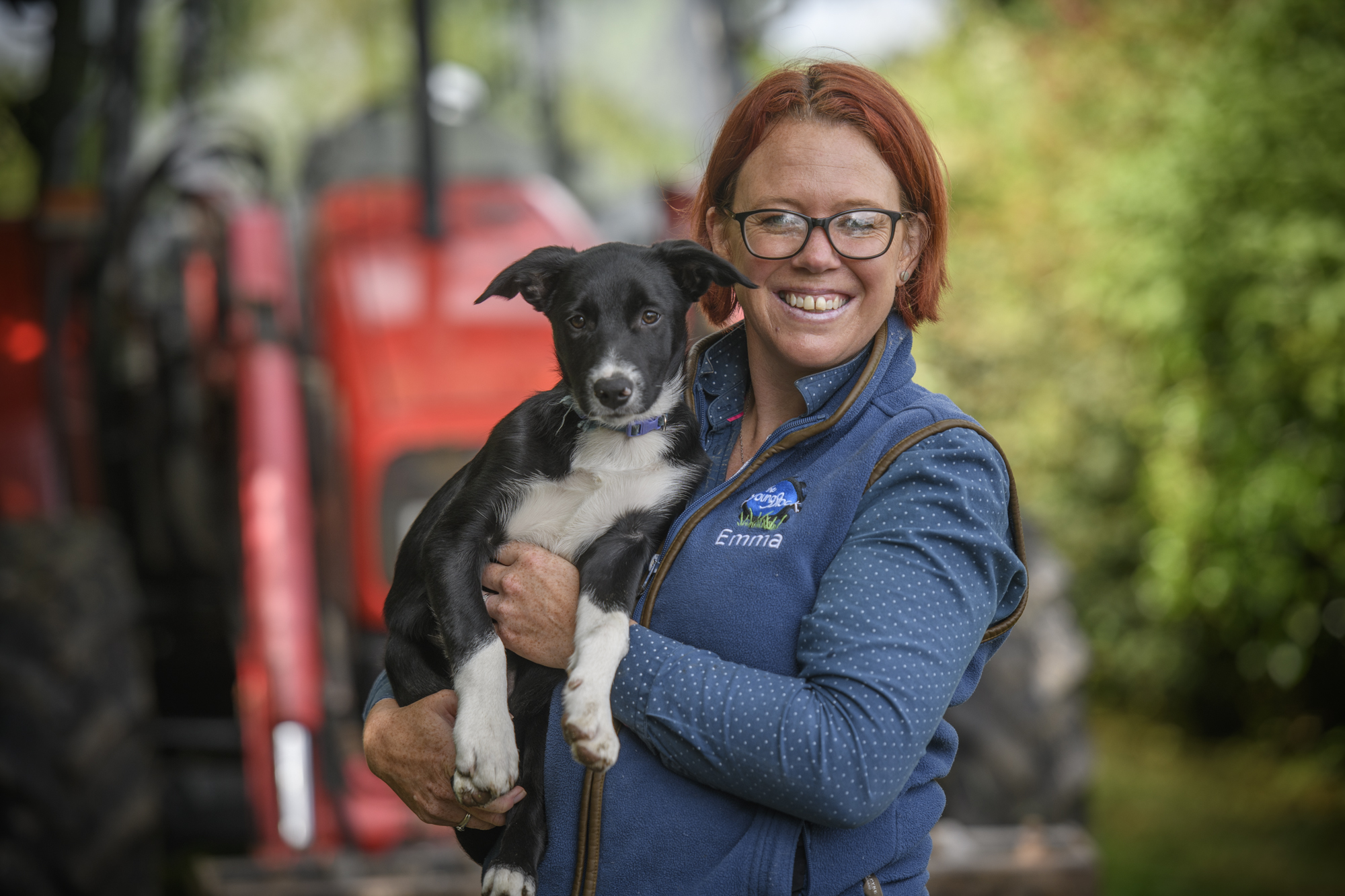
Emma Smith – editor Youngstock magazine
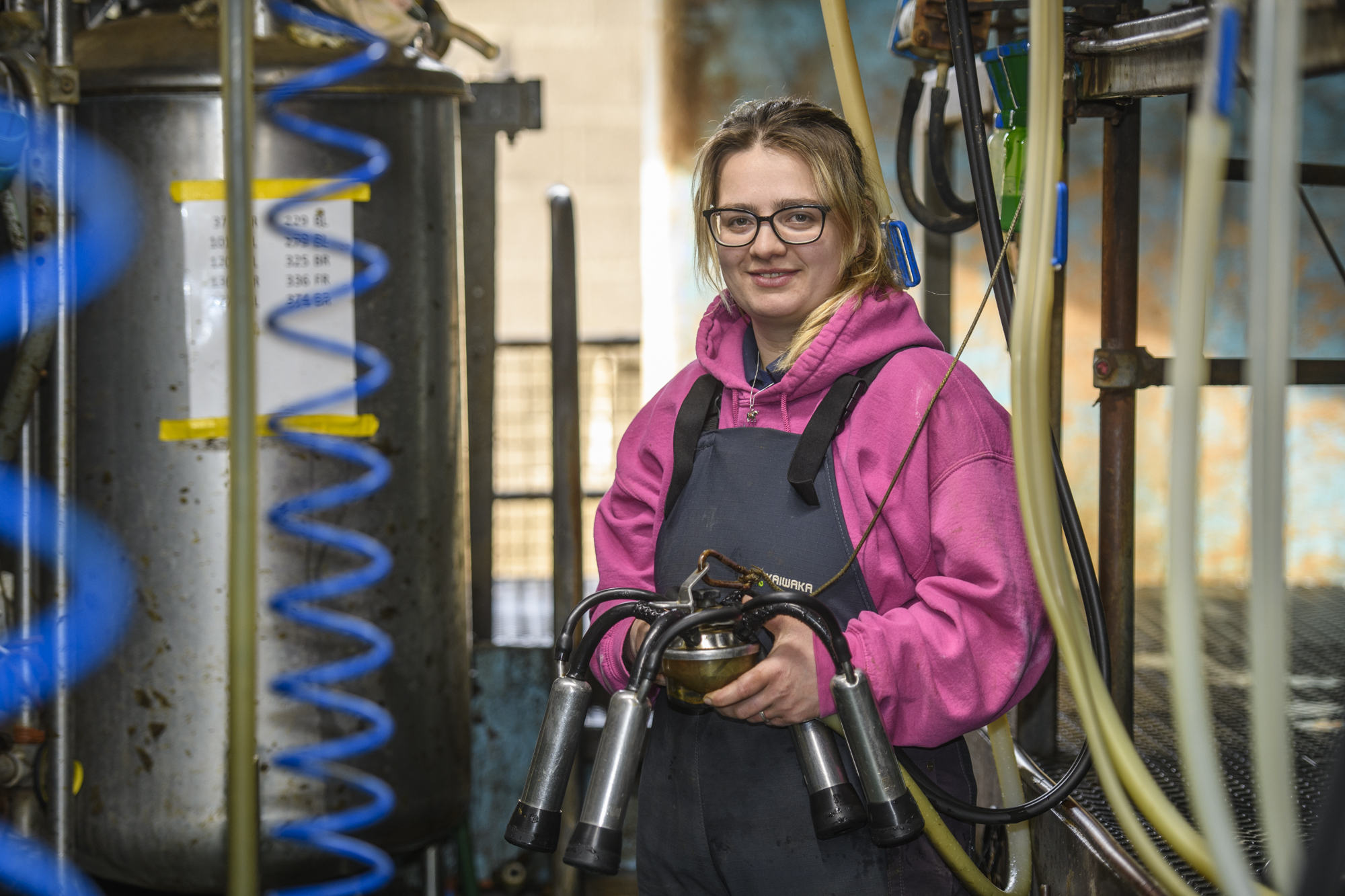
Portrait for Farmers Guardian
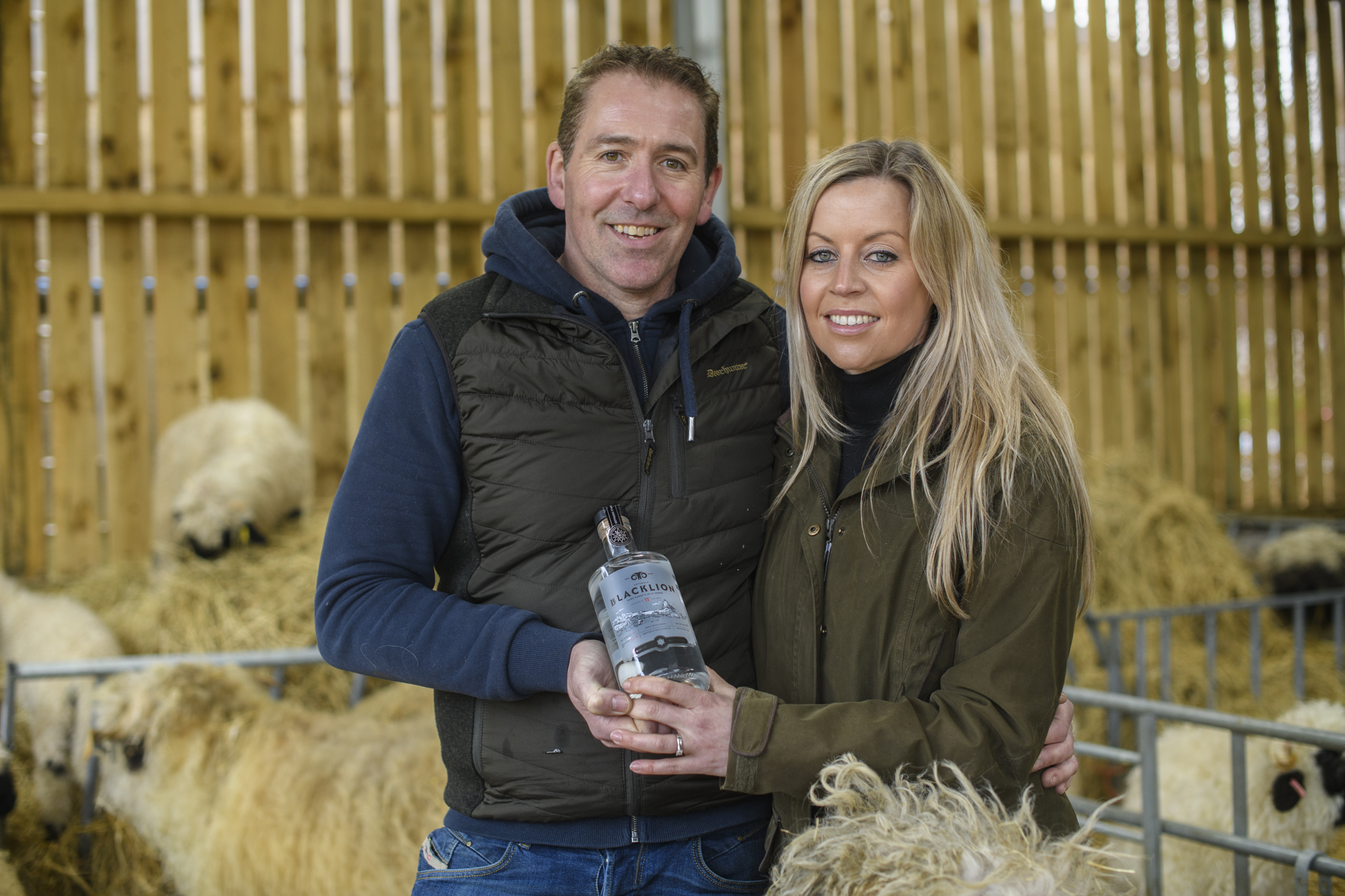
Portrait for Farmers Guardian illustrating Black Lion sheep milk vodka
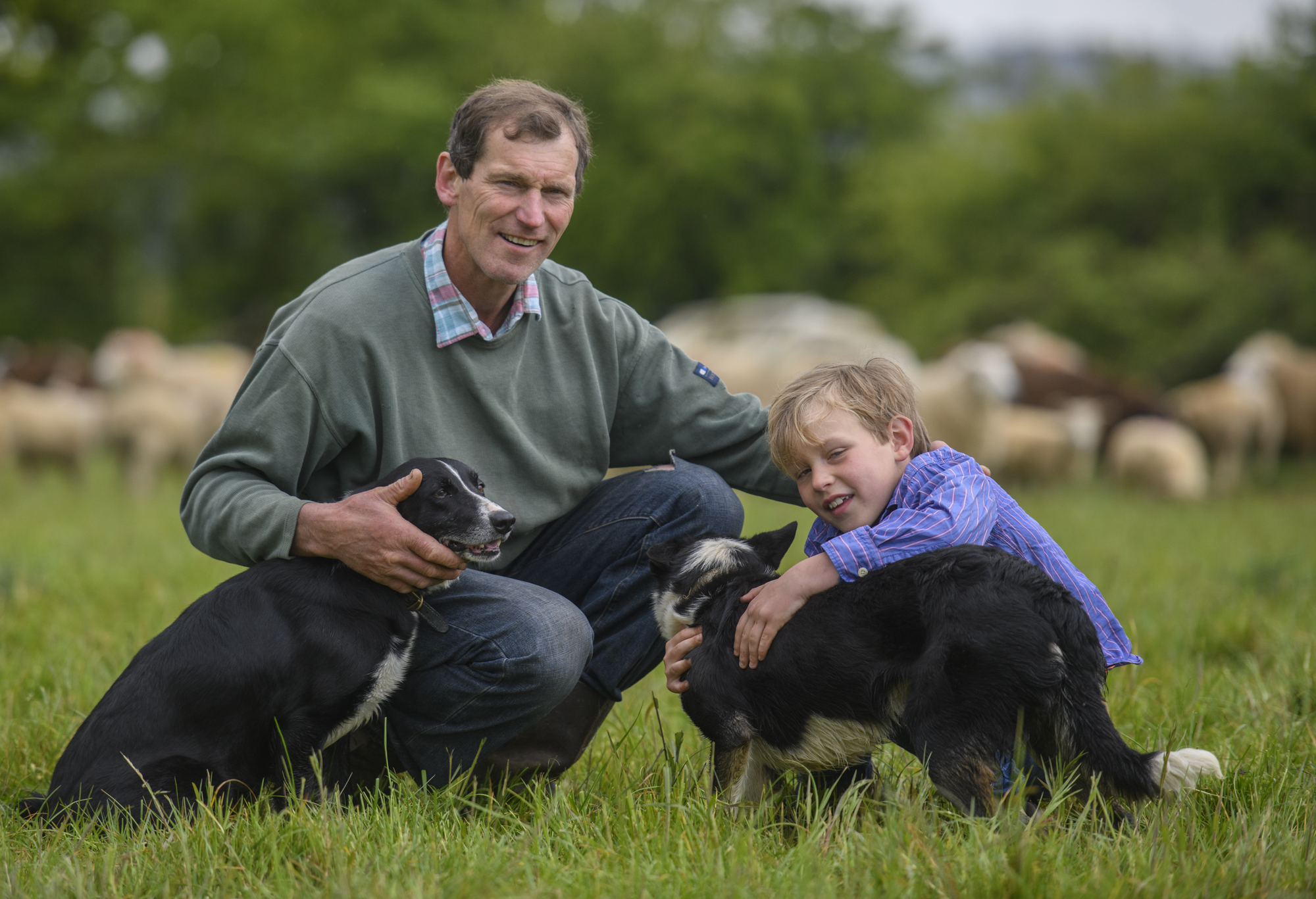
Portrait for Farmers Guardian
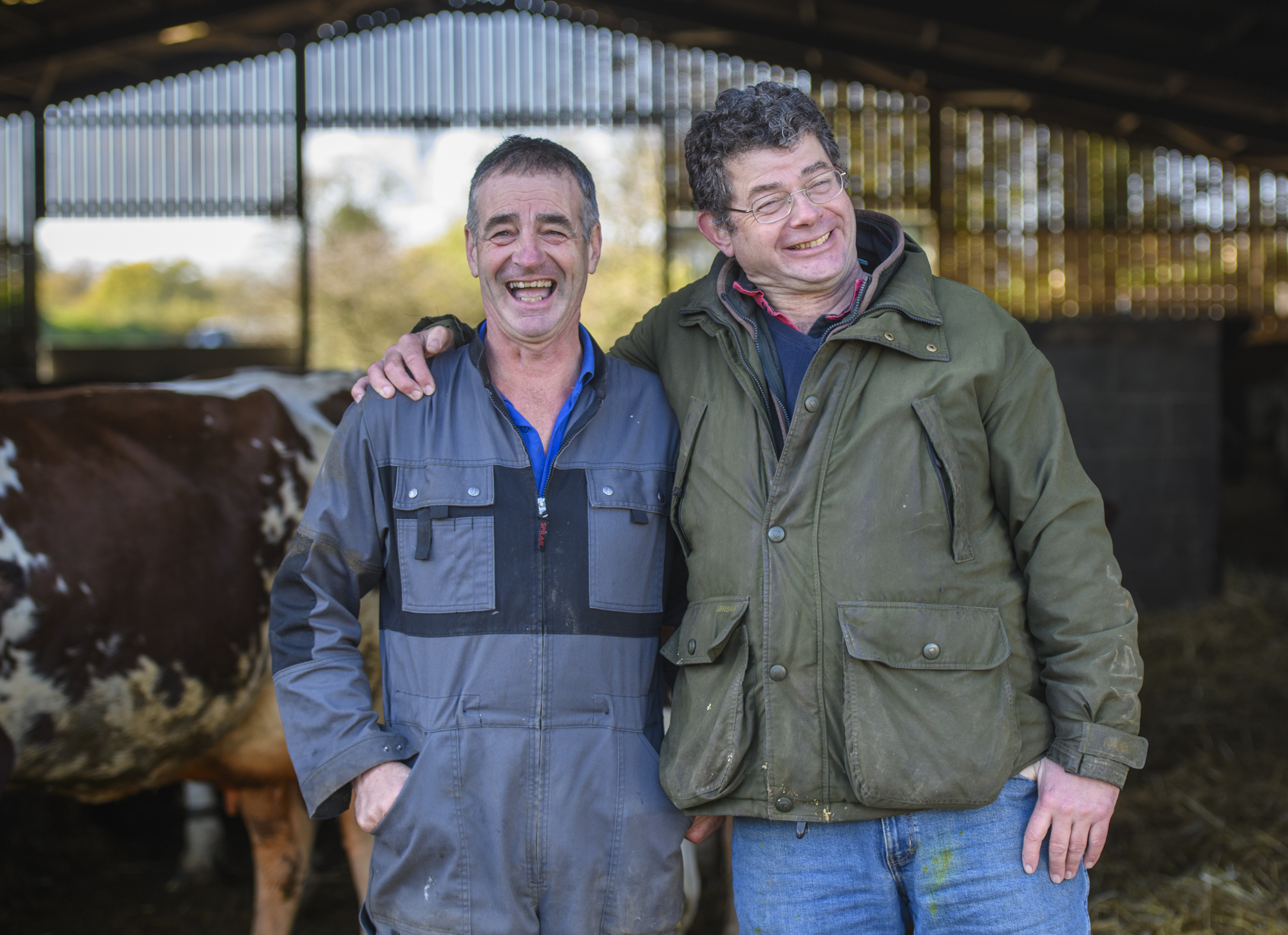
Portrait for Farmers Guardian
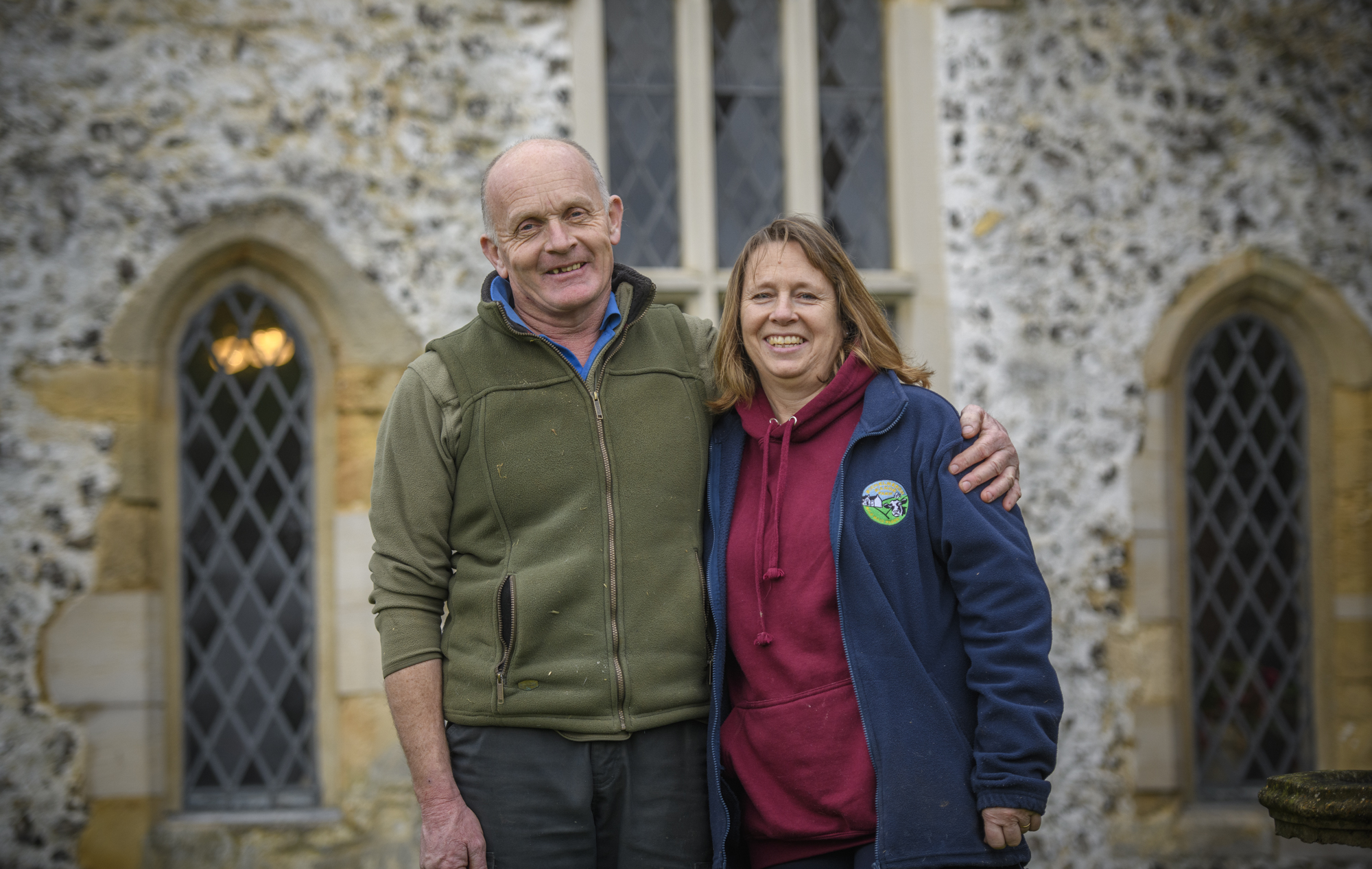
Portrait for Farmers Guardian
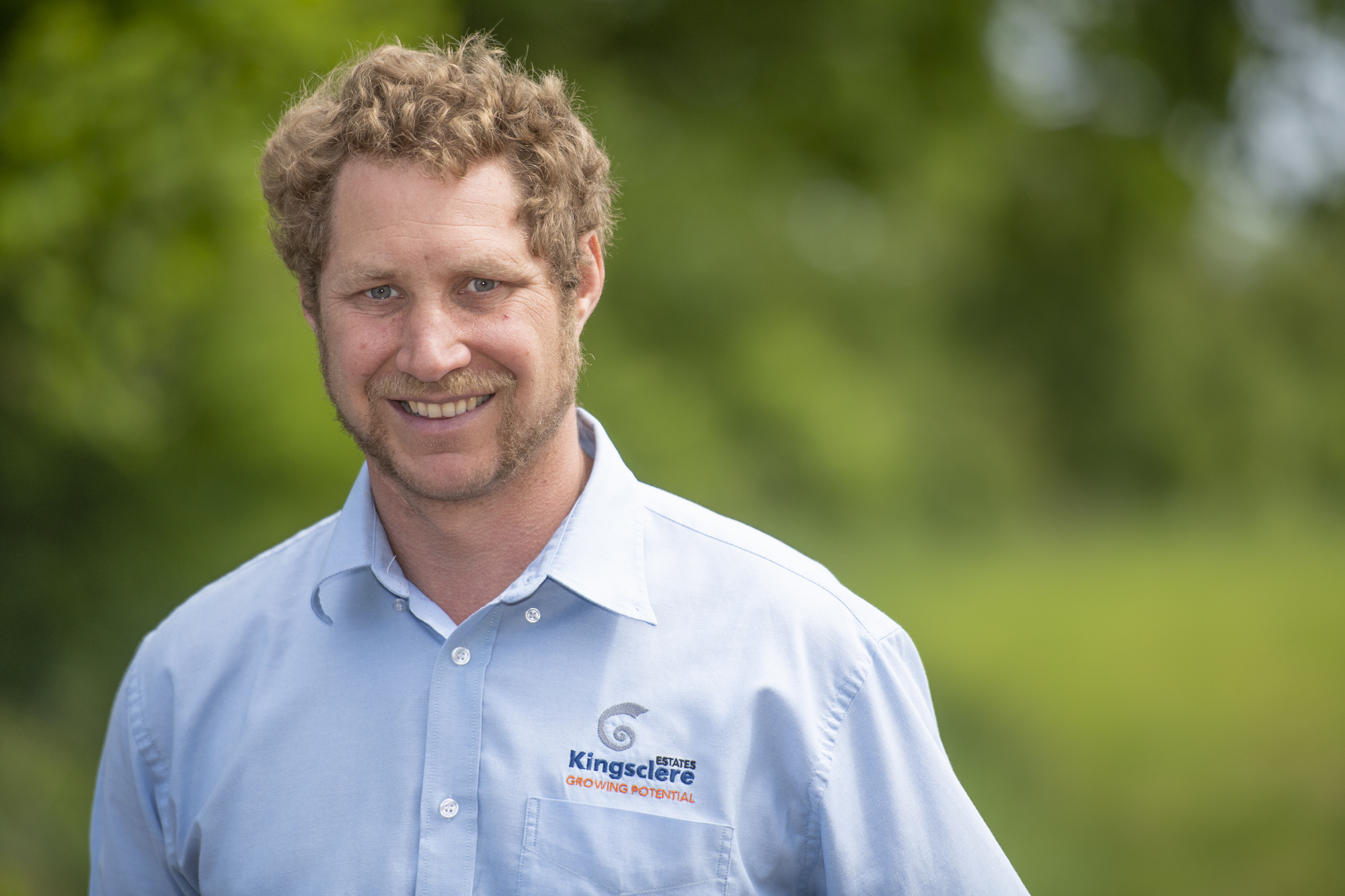
Portrait of Tim, Kingsclere Estate for Farmers Guardian
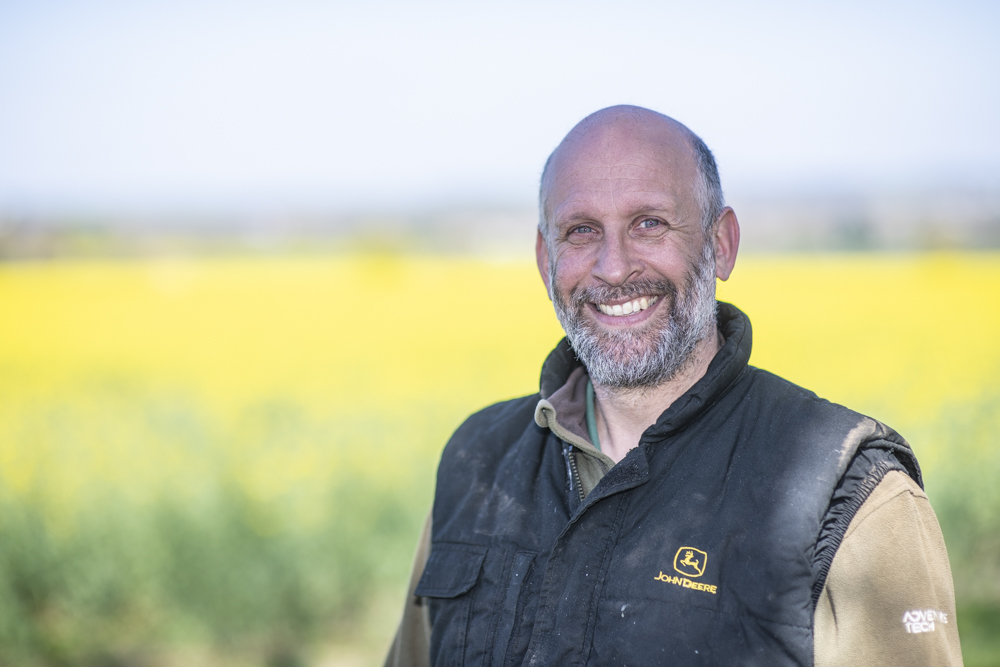
Rob Addicott – Manor Farm near Wells for Farmers Guardian
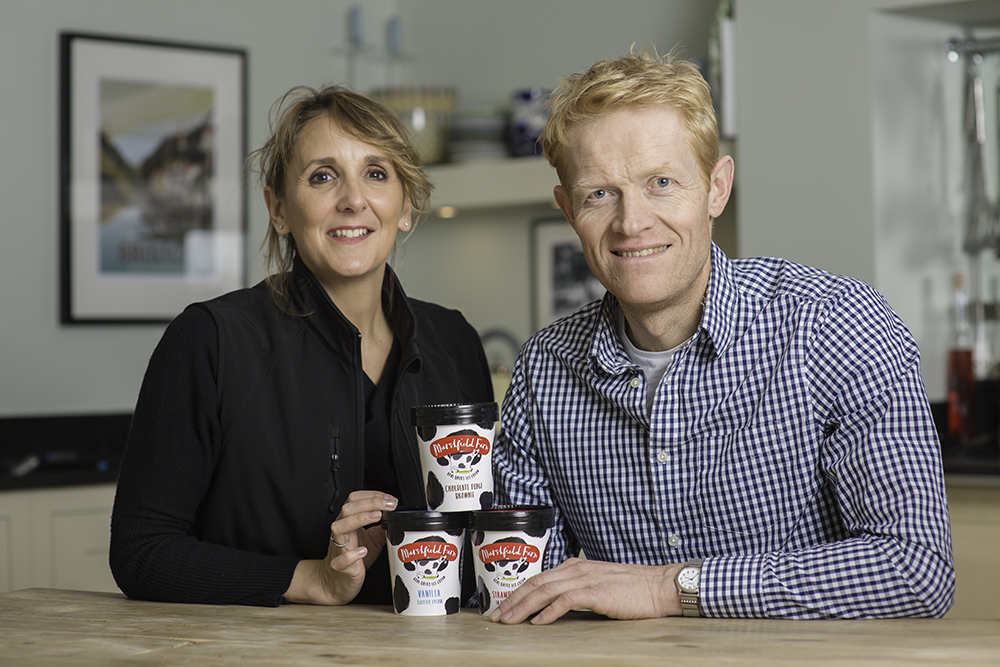
Will and Dawn Hawking, owners of Marshfield Farm Ice Cream
Farm Profiles
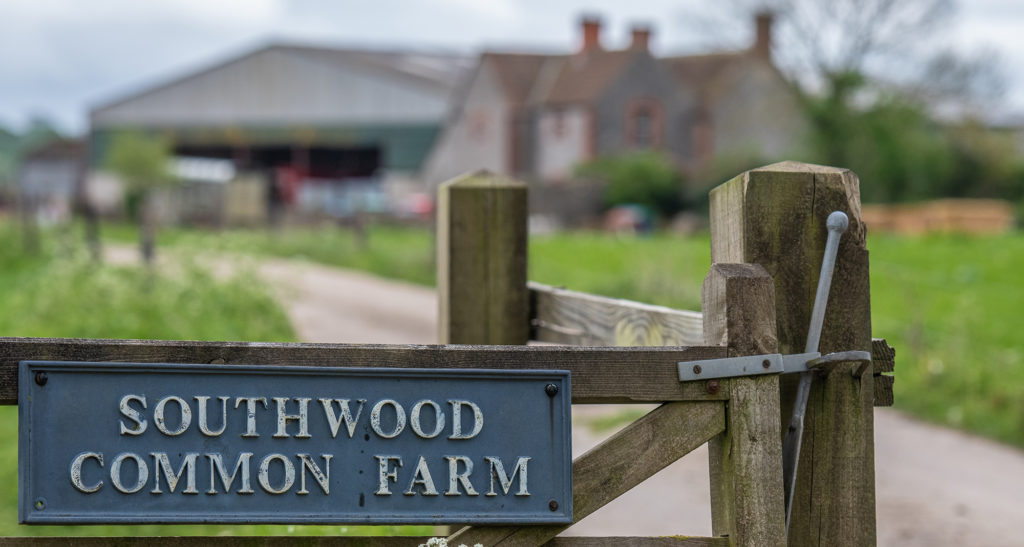
Farm profile for Farmers Guardian
If I am asked to photograph a farm profile, I normally try to document every aspect of the farm to provide an in depth record of the business and the people behind it.
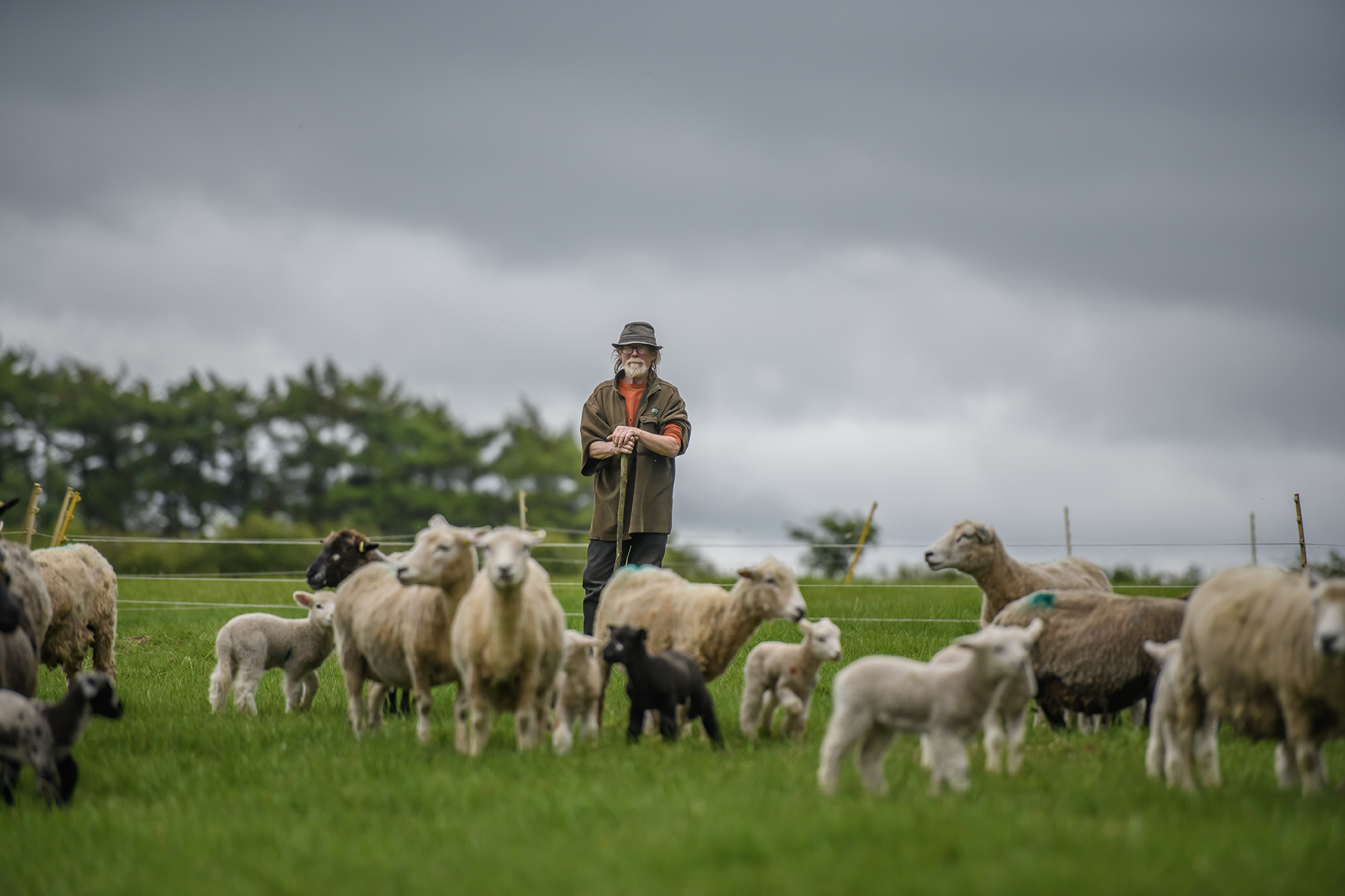
Farmer and sheep for Farmers Guardian
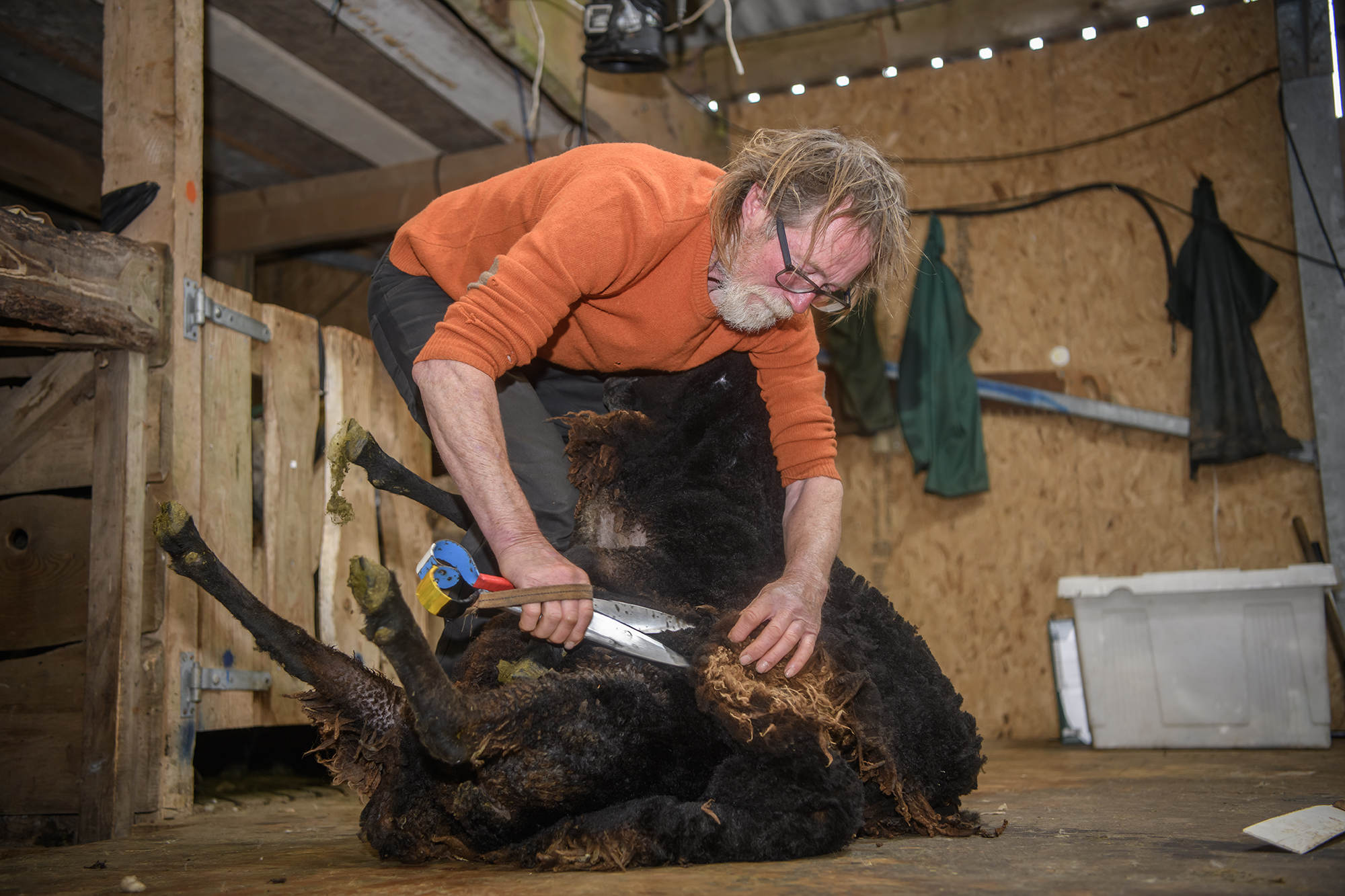
Hand shearing for Farmers Guardian
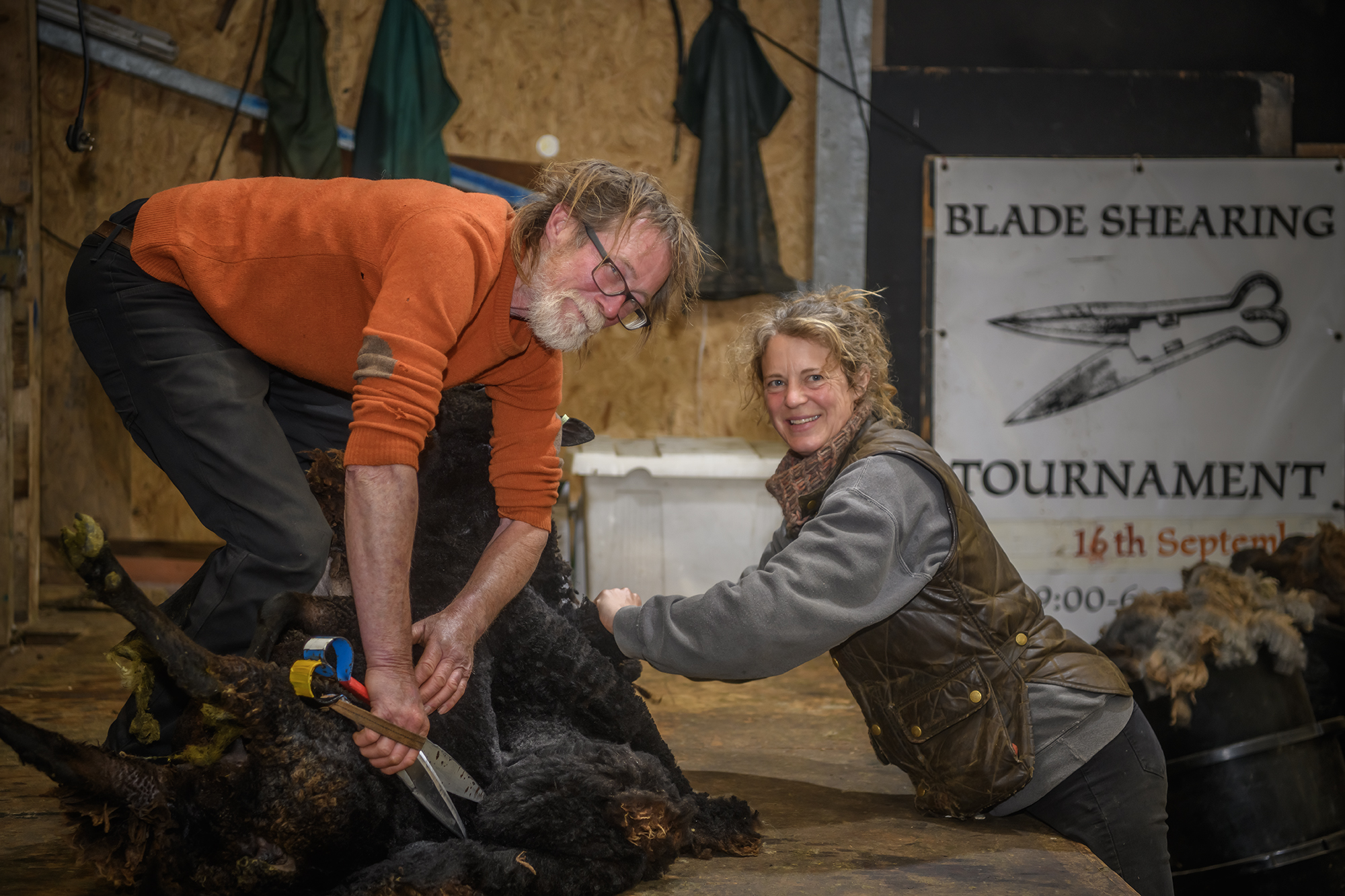
Hand shearing for Farmers Guardian
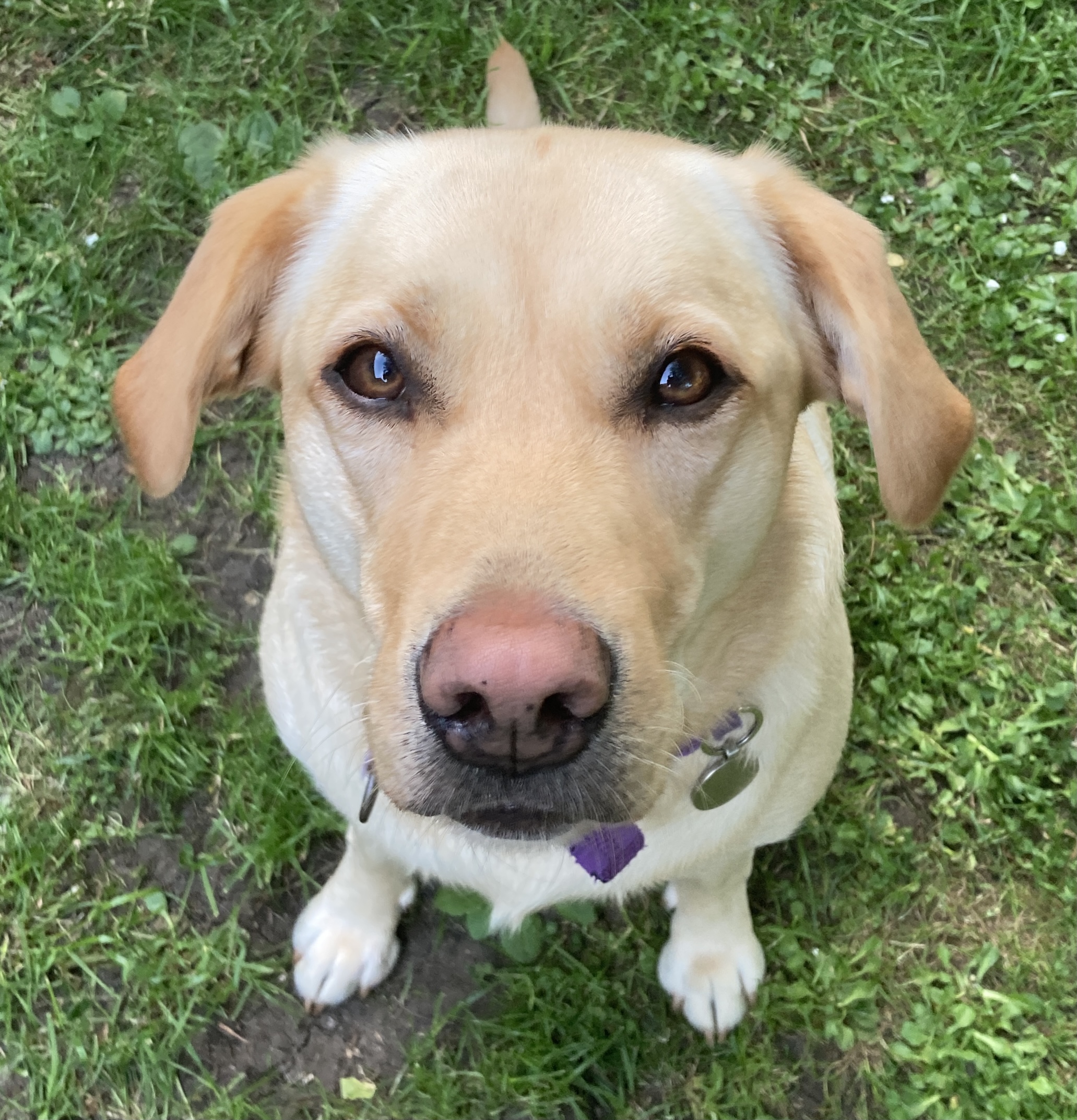
Gwen the farm dog
Market
Market photography is very different to farm photography. The pace is fast and there are normally people and animals everywhere. Moving around the market quickly is difficult so you often need to find a few good spots to work in before the auction starts, and introduce myself to the auctioneers well ahead of the main event.
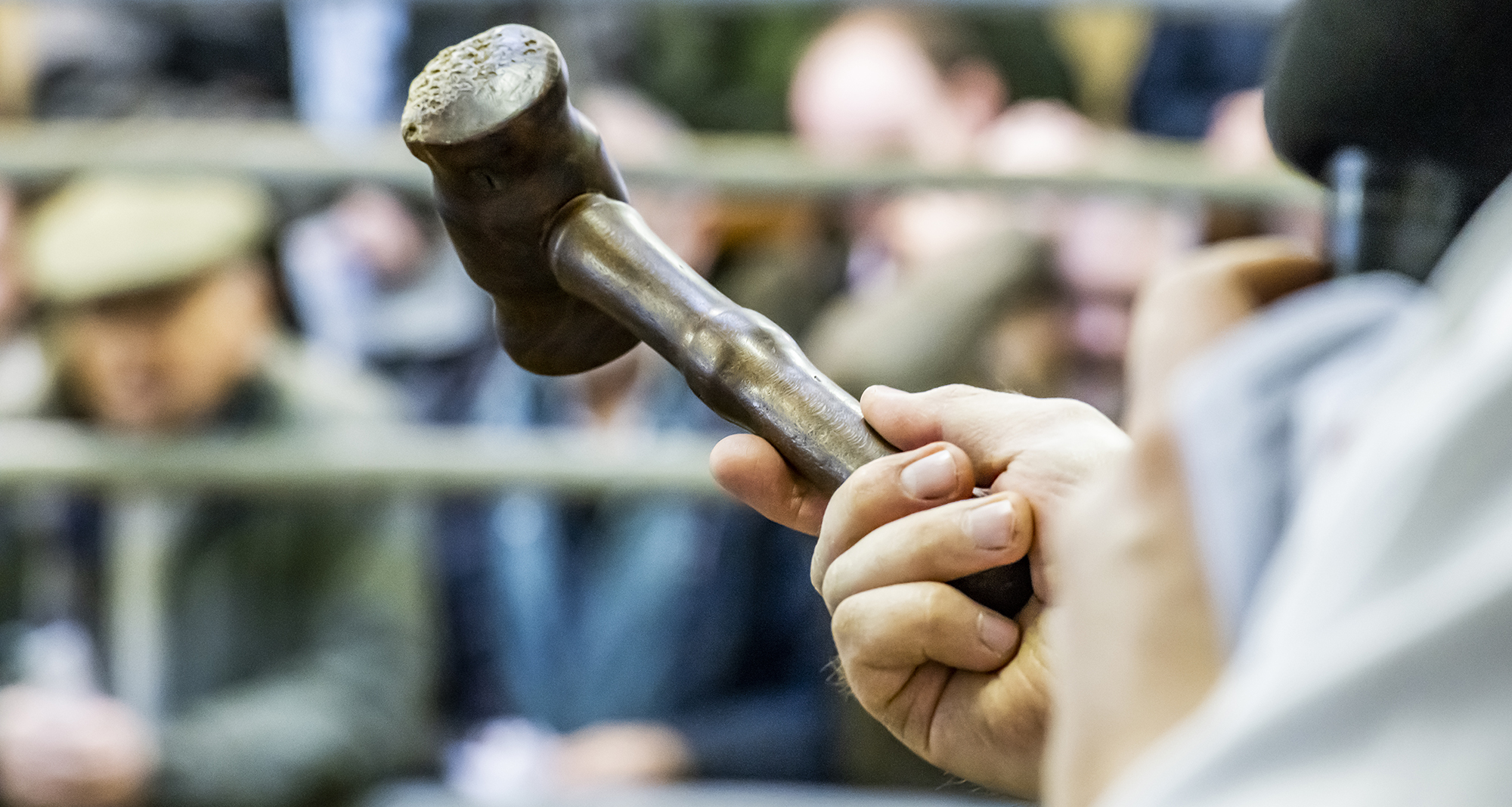
Frome Lifestock Market – auctioneer for Farmers Guardian
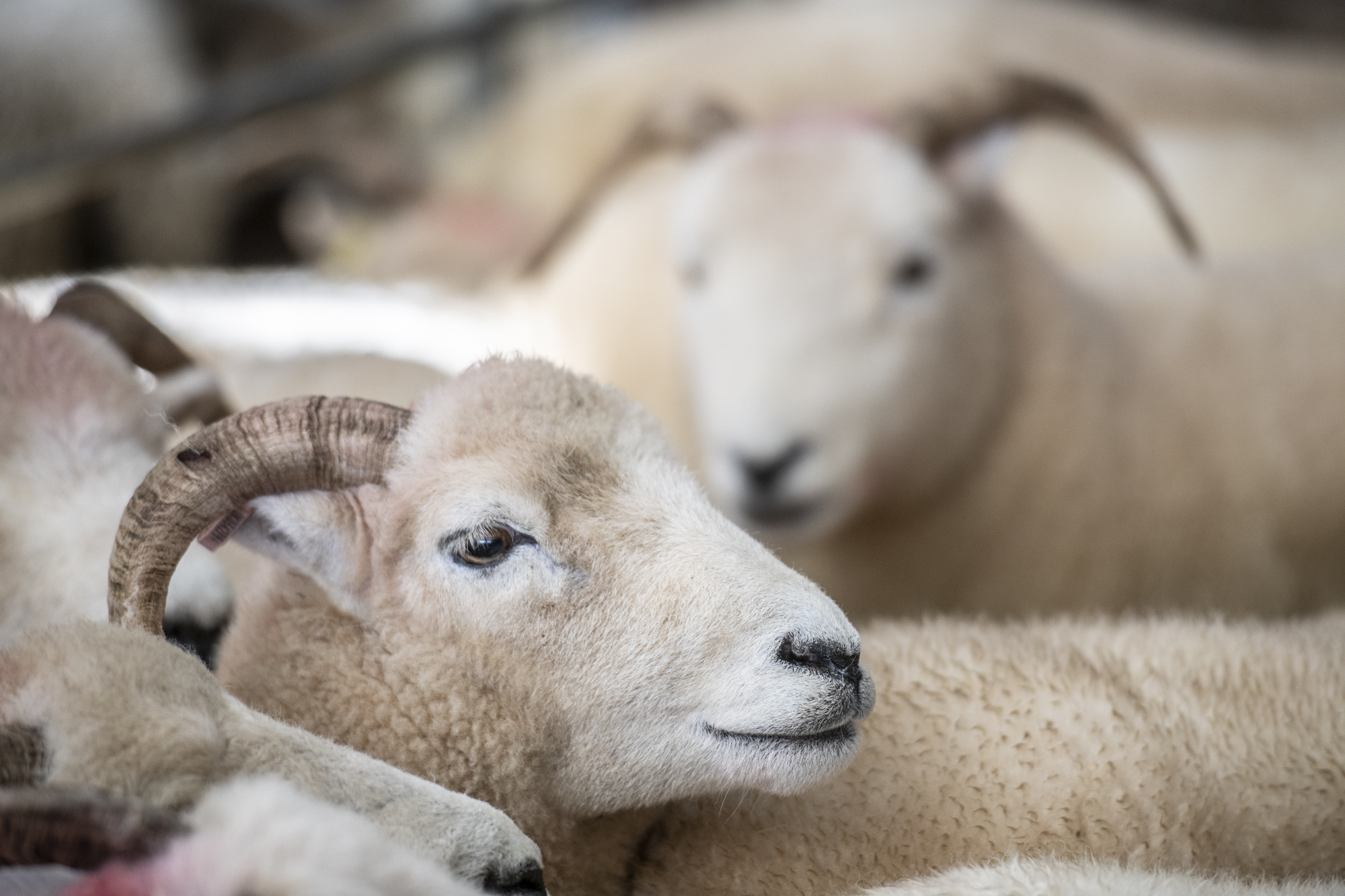
Sheep at the market for Farmers Guardian
Diversification
Quite a few of the farms I have worked at have diversified into other product lines or services from ice cream and cheese to clamping pods. While I am on the farm it is normally quite easy to pull out a set of lights and set up a temporary studio in a barn or farmhouse kitchen to get some product shots or portraits of the staff or owners of the farm.

Picking strawberries for Farmers Guardian
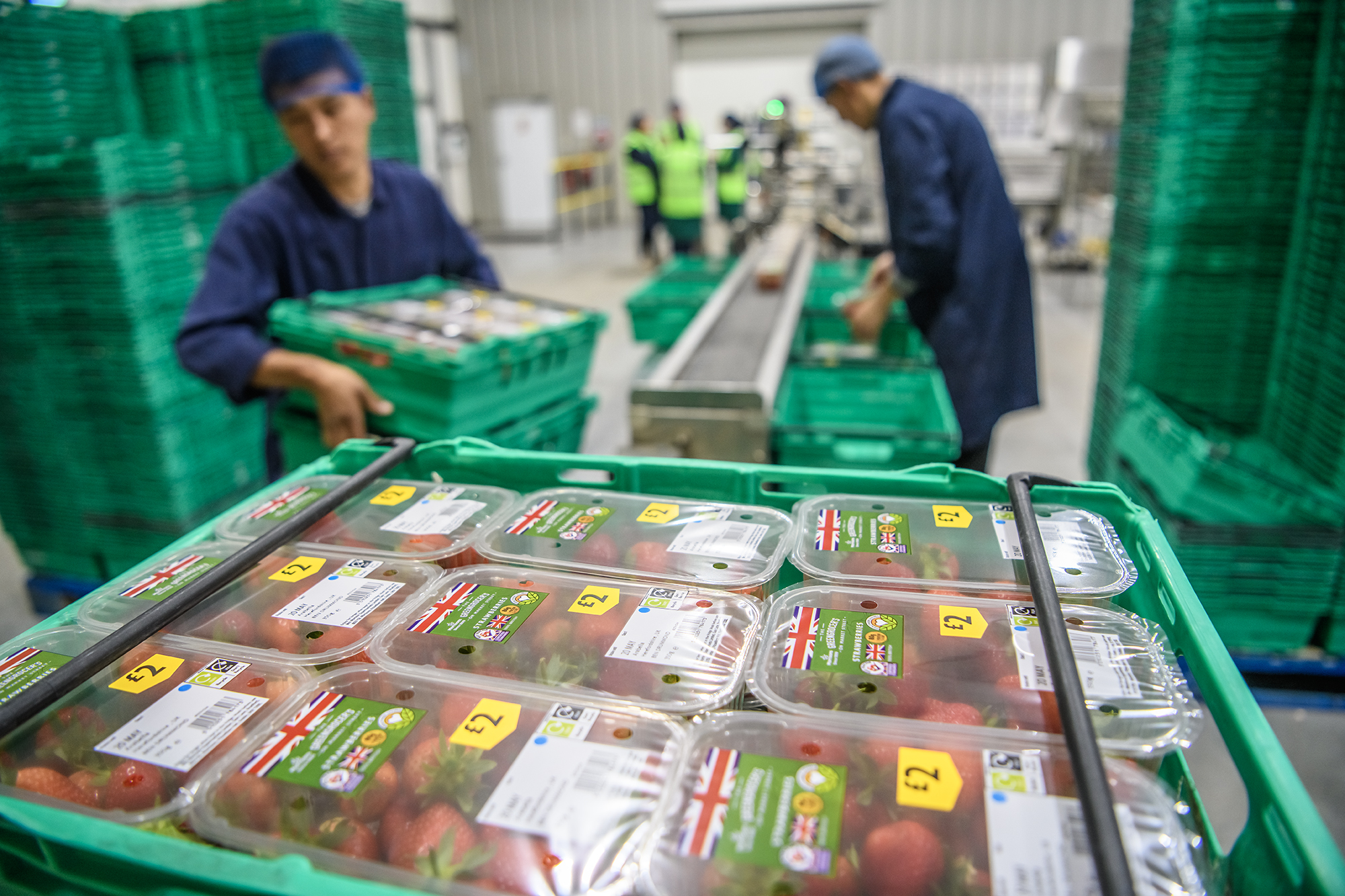
Packing strawberries for Farmers Guardian
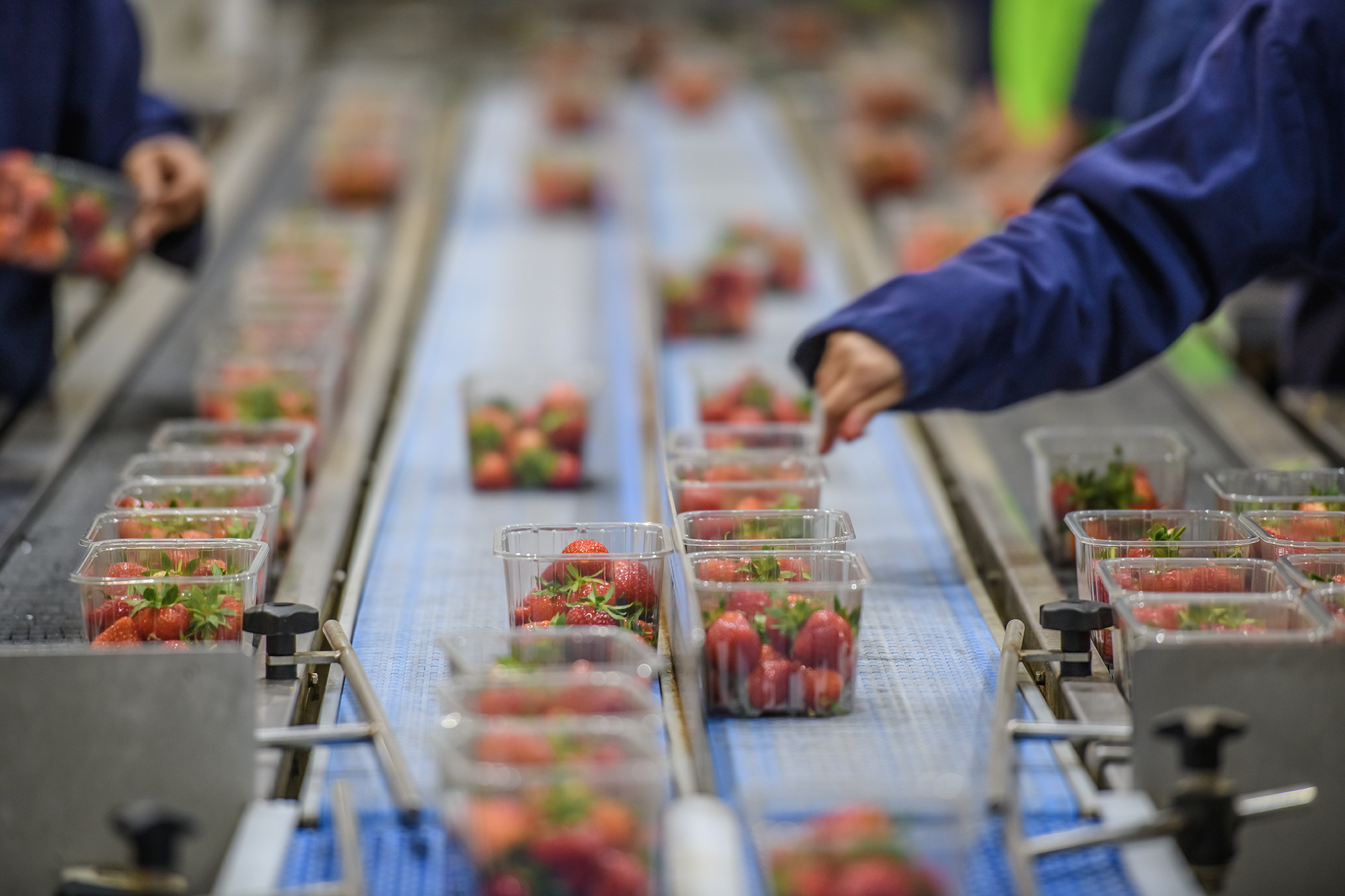
Sorting strawberries for Farmers Guardian
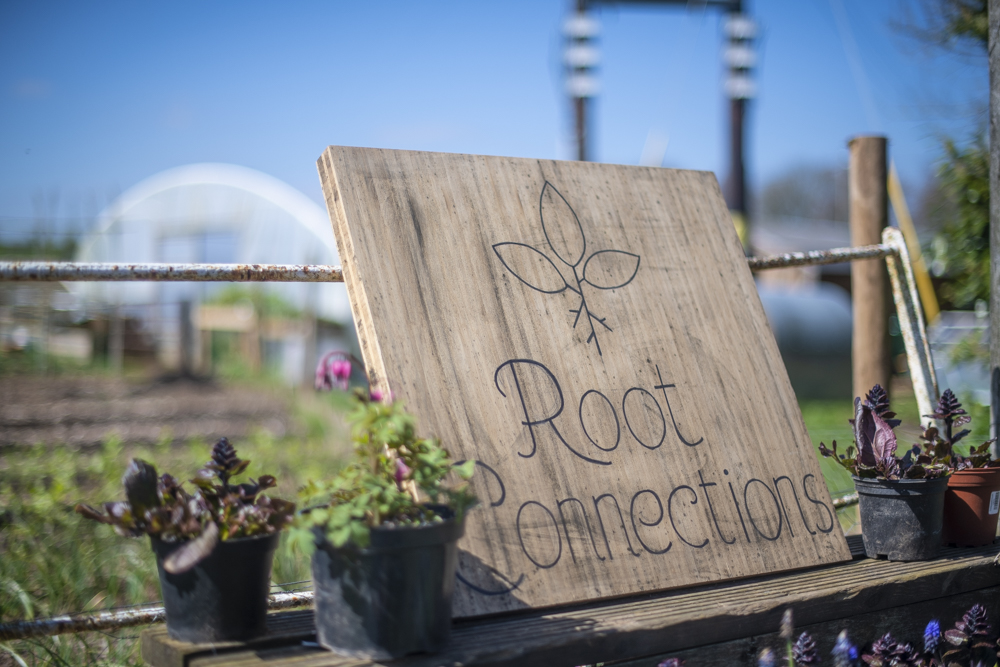
Community Garden – part of Elims Direct Access Community (DAC) for rough sleepers at Manor Farm near Wells for Farmers Guardian
Agricultural machinery and AgriTech
Images of machinery for advertising, promotion and editorial applications. Robotics and automation and AgriTech is playing an increasing role on the farm and I have included some images of agricultural robotics below. More images of agricultural machinery can be seen on this page of my website.
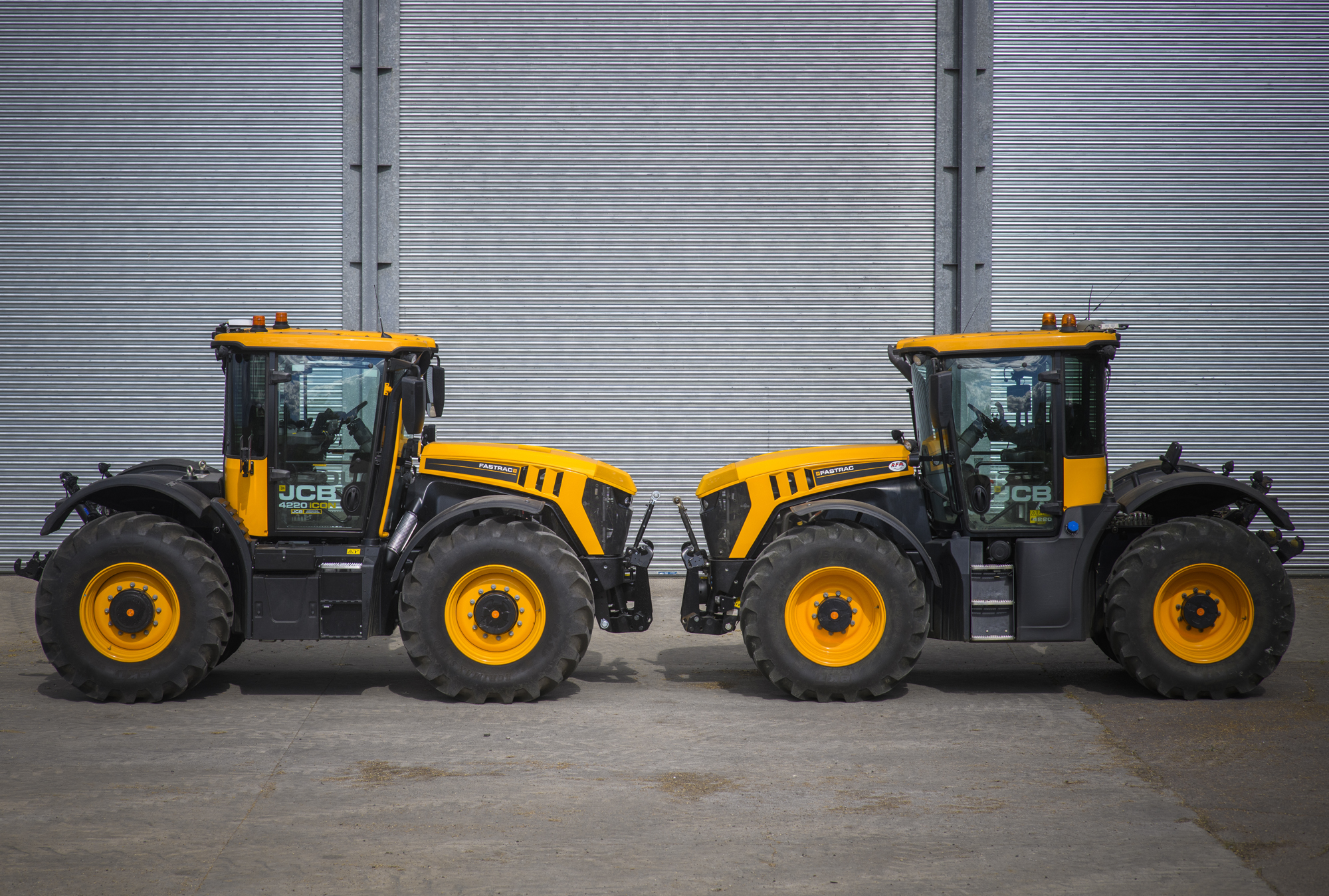
JCB Fastrac new and old models compared
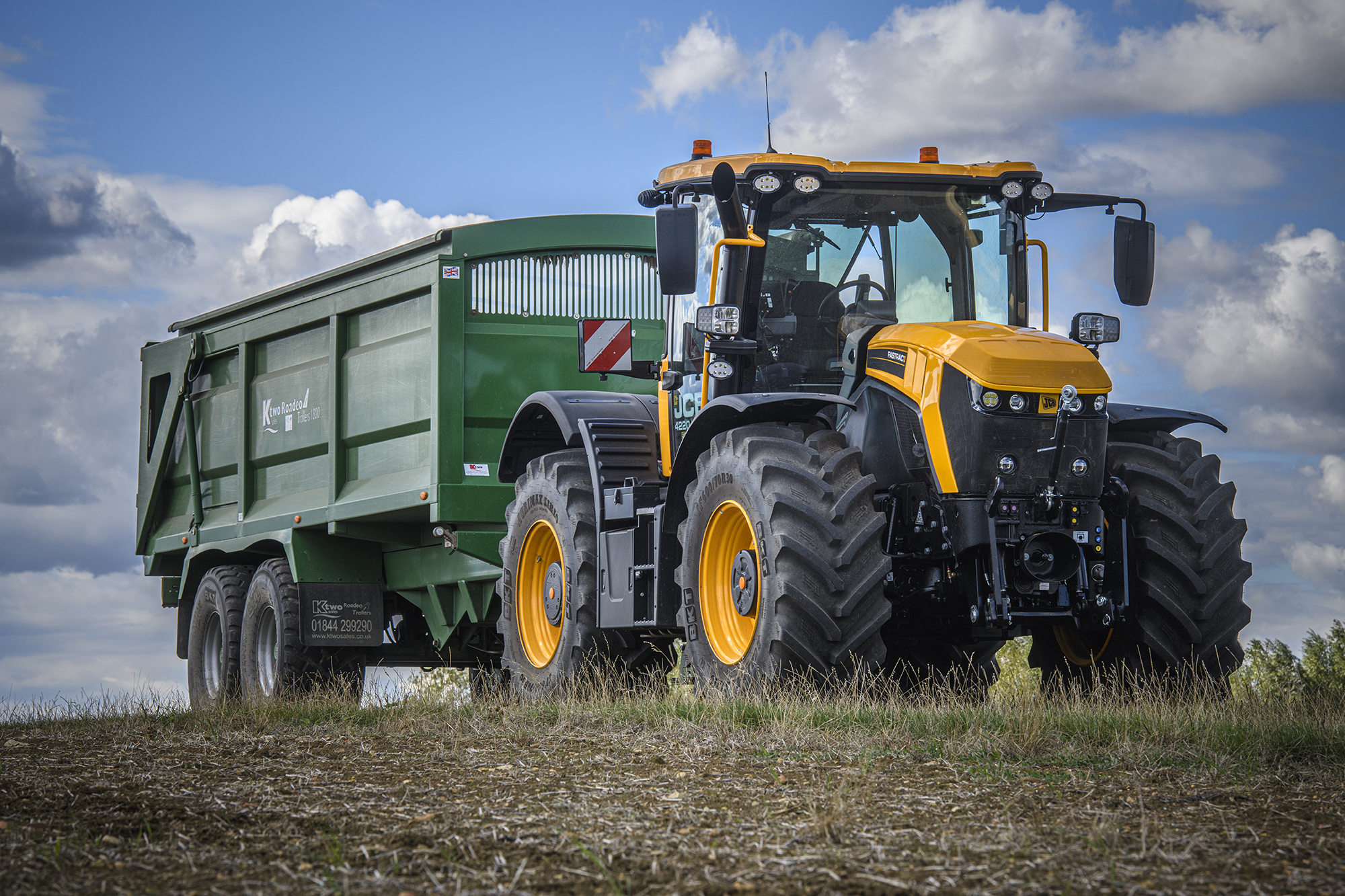
JCB Fastrac review image
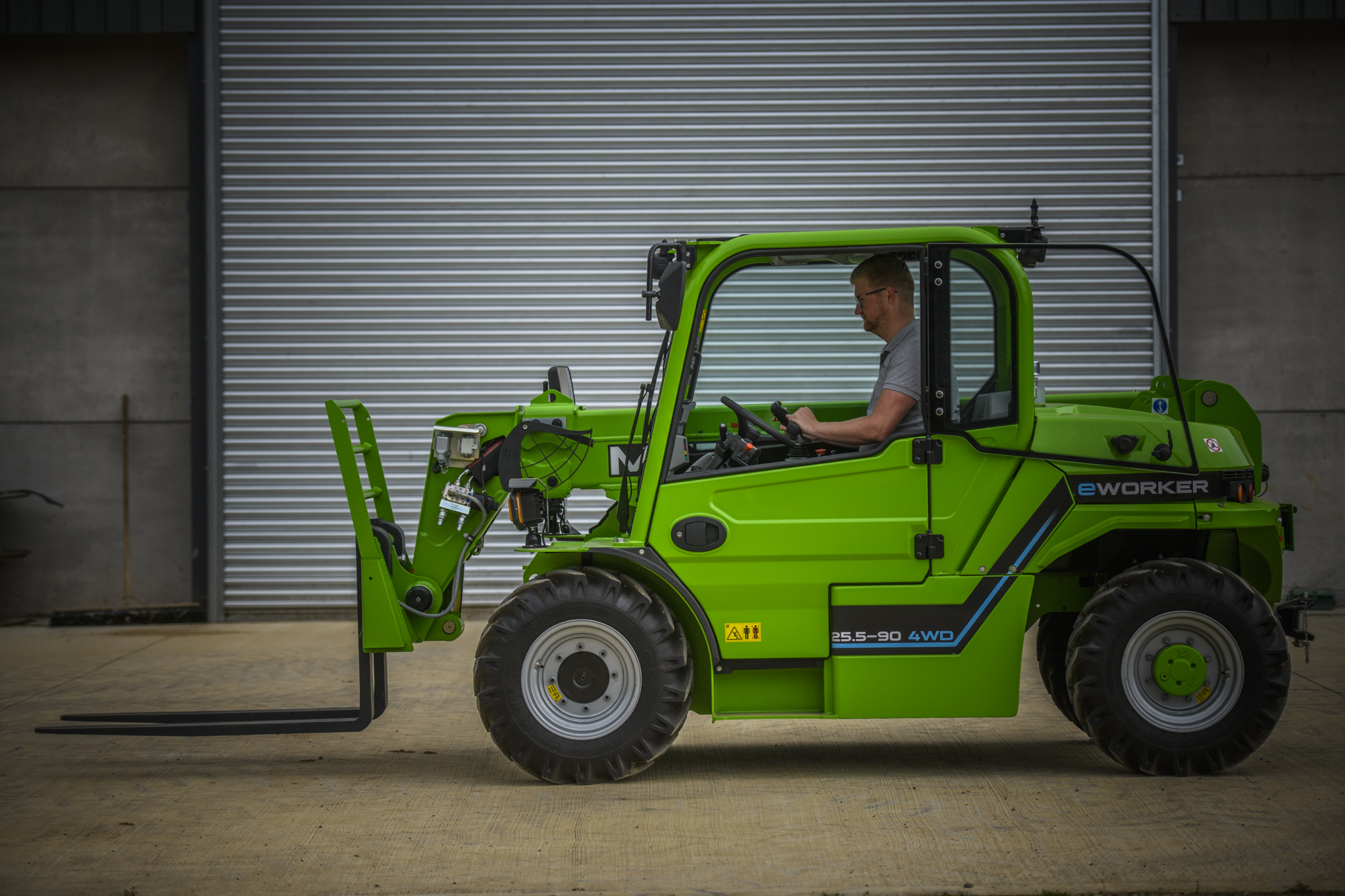
Merlo – Eworker electric tele handler for Farmers Guardian
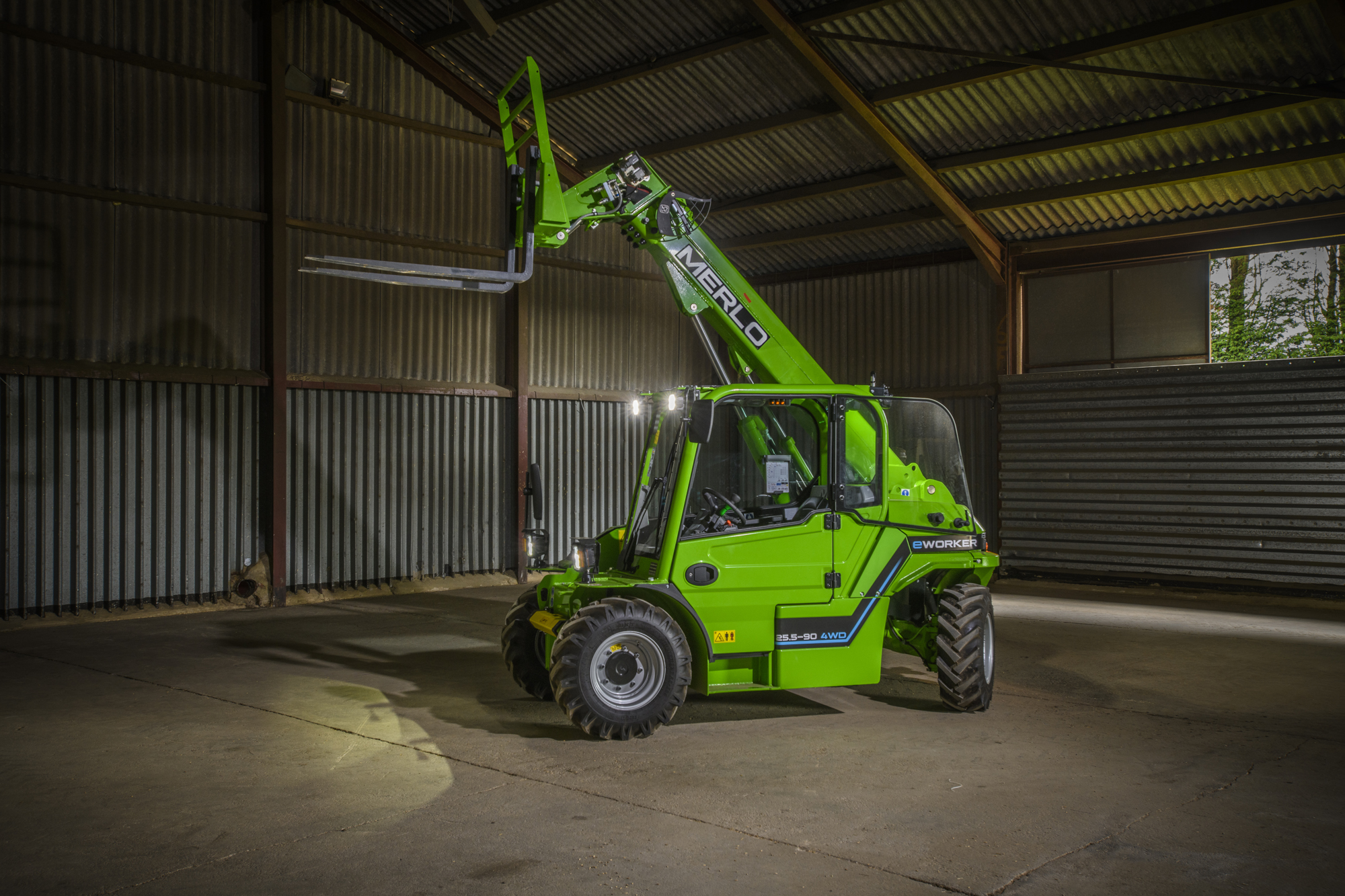
Merlo – Eworker electric tele handler for Farmers Guardian
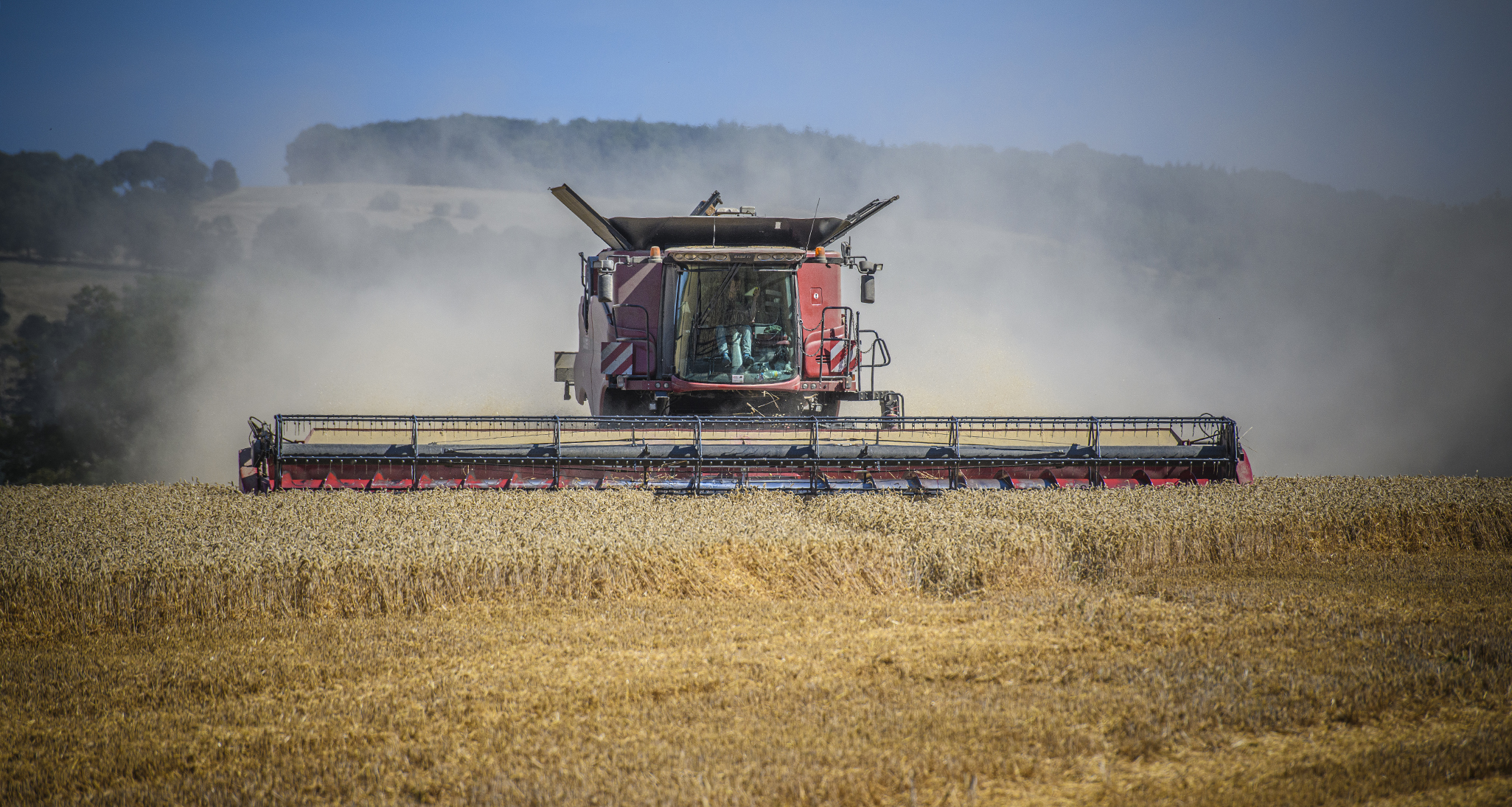
Case Axial Flow 250 combine harvester for Farmers Guardian
Agricultural robots and automation
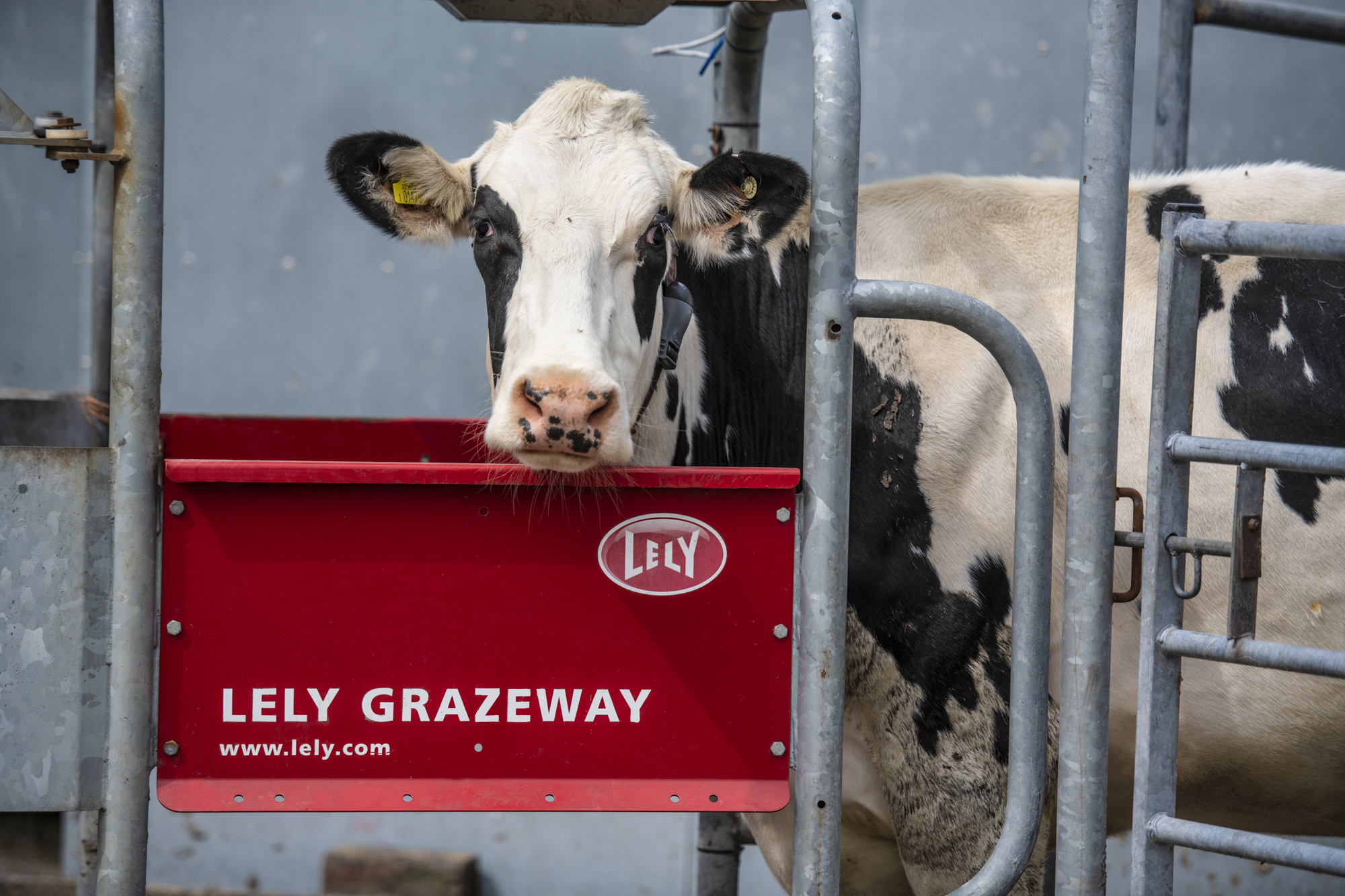
Lely Grazeway – automated gate
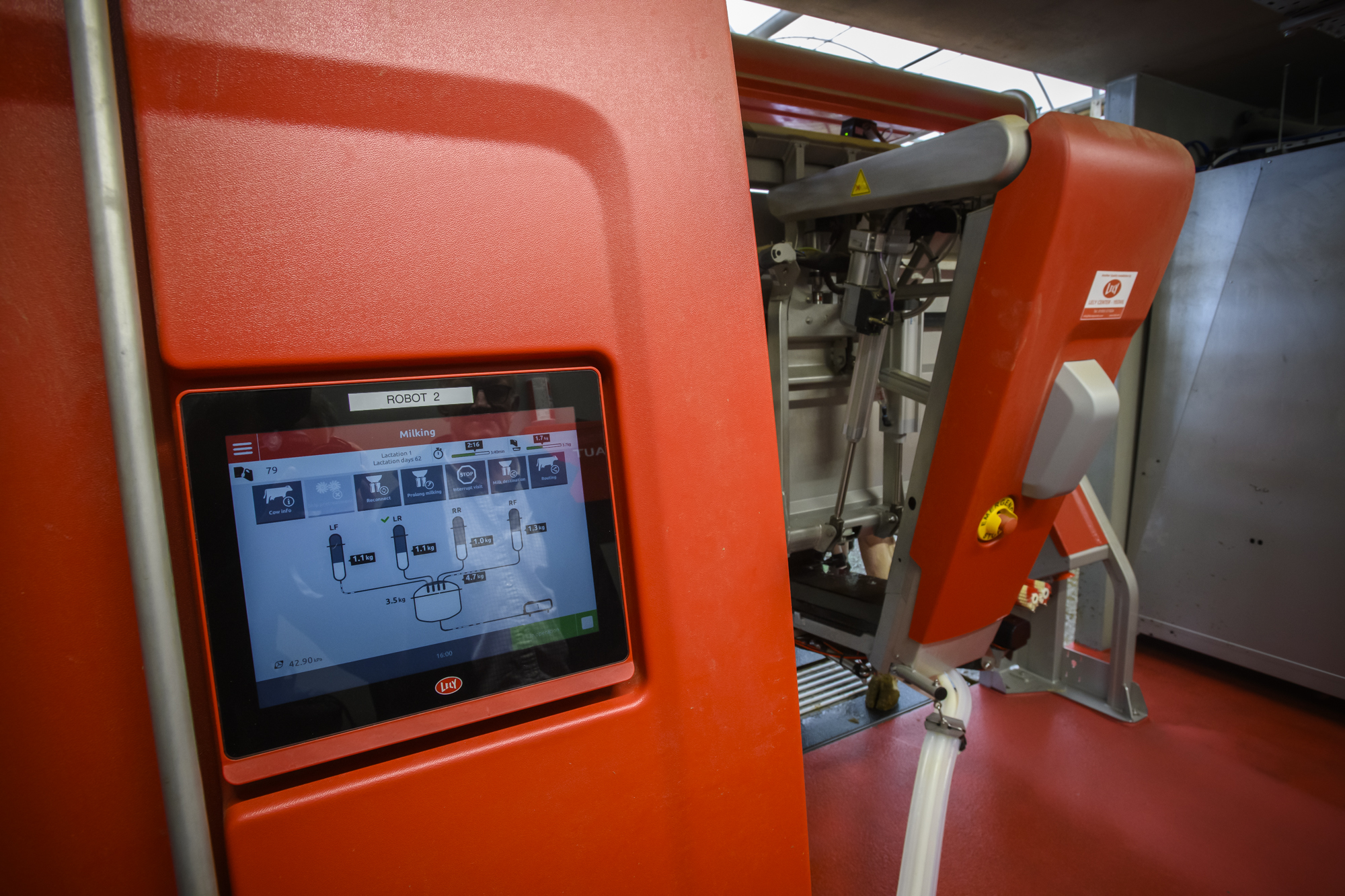
Lely Astronaut – robotic milking machine
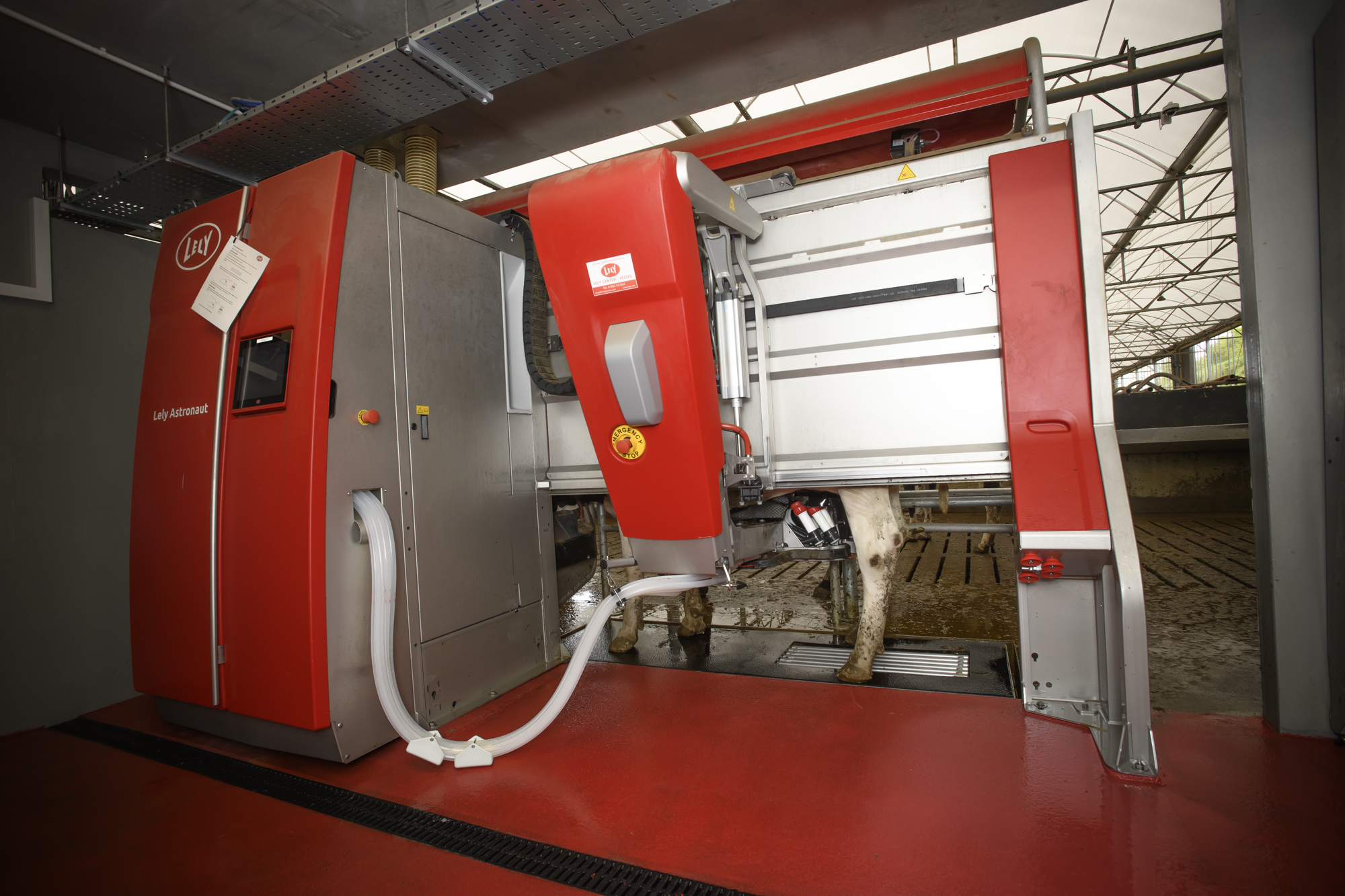
Lely Astronaut – robotic milking machine
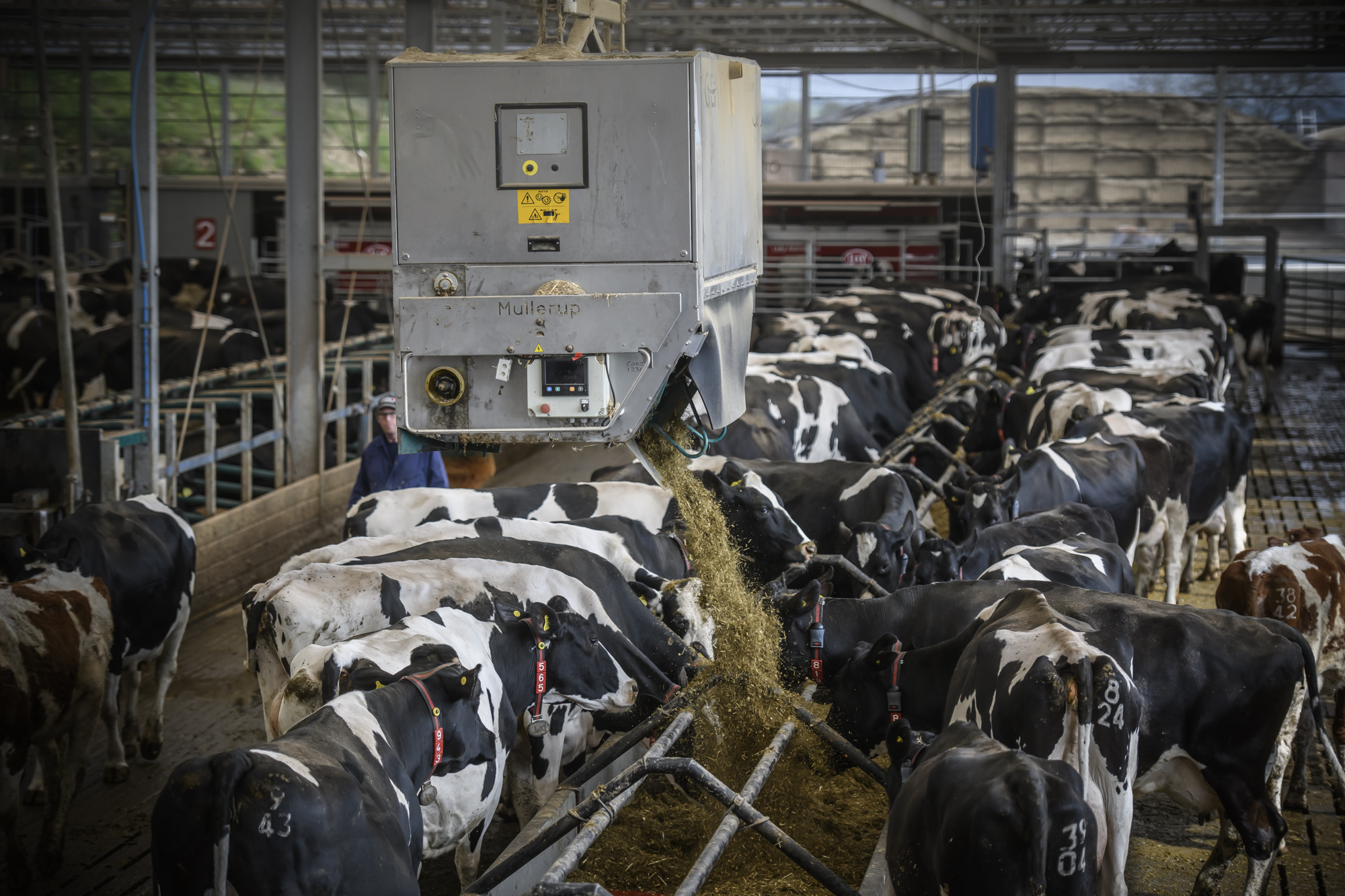
Mullerup – automated mix feeder
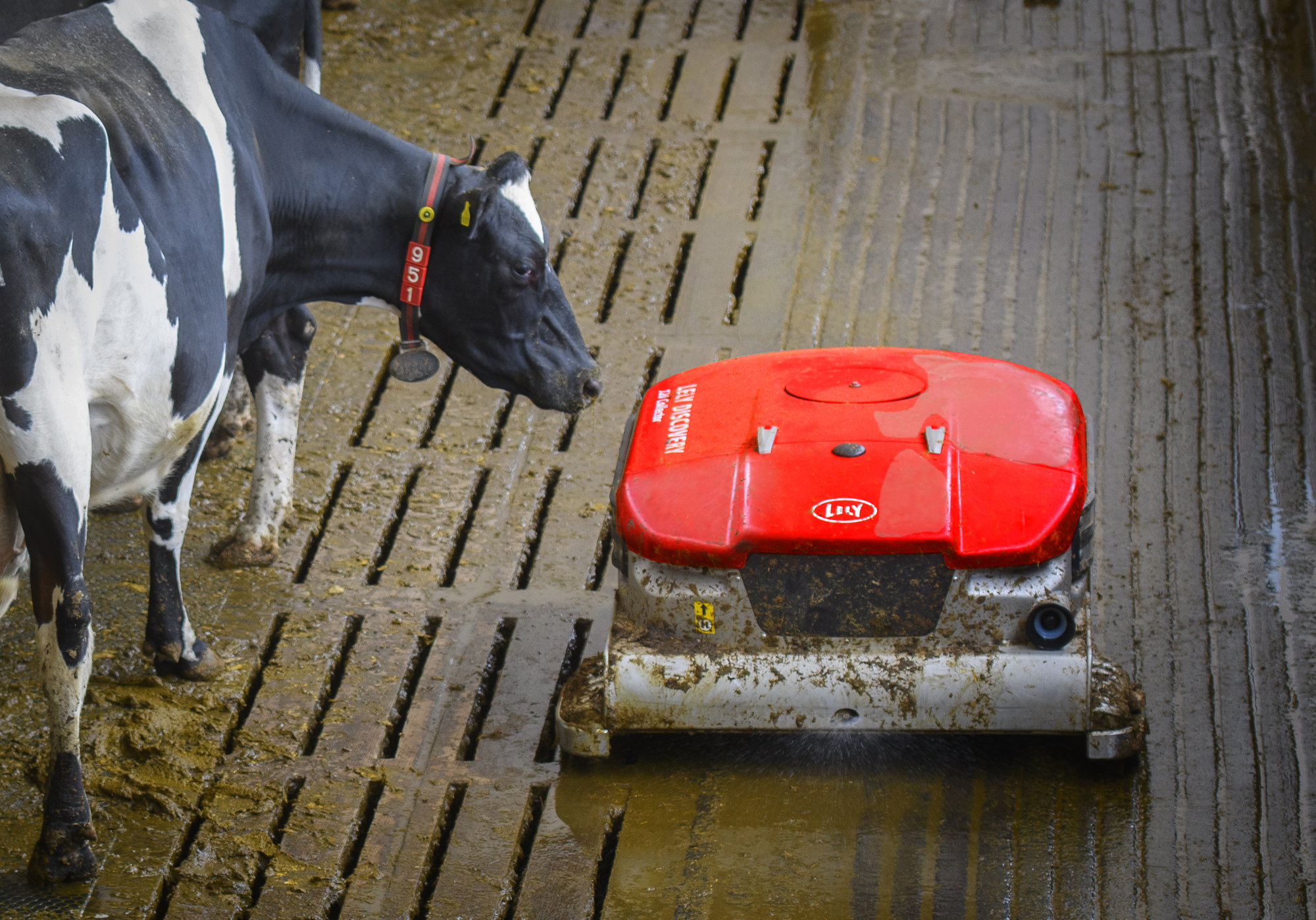
Lely discovery cleaning cow shed
Pastures & crops
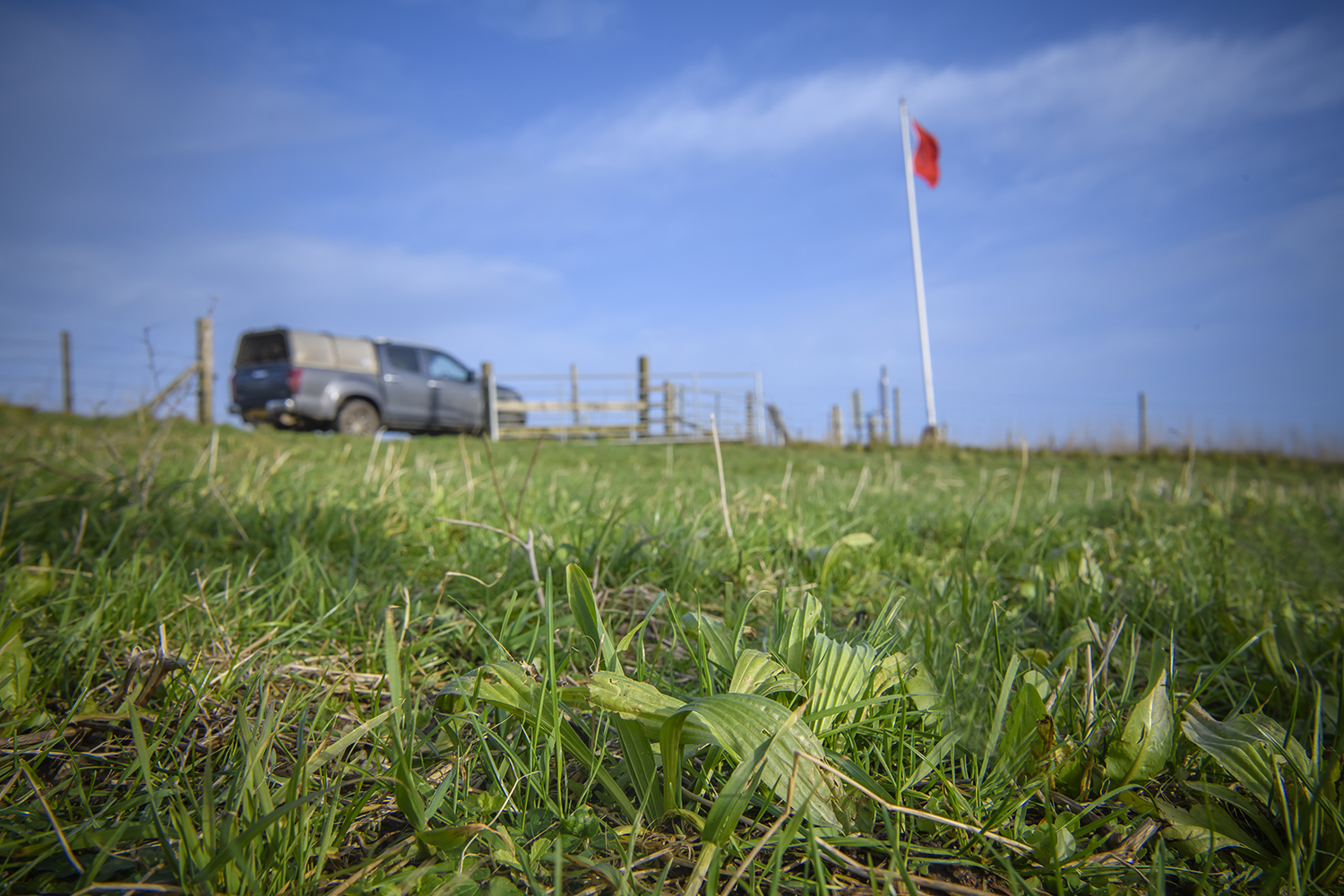
Worm’s eye view of herbal ley on a regenerative farm on the Salisbury Plain military range
More information on agricultural photography
If you would like to know more, give me a call or drop me an email
Agricultural clients include; Dairy Farmer, Farmers Guardian, NMR, Cow Management Magazine, Marshfield Farm Ice Cream.

